All reports
Sickle cell
·
Feb 19, 2025
A guide to nutrition for patients with sickle cell
This guide provides practical advice and information to help you make informed choices about your diet and manage your symptoms effectively
Reports are in beta and continually improving. They are not a substitute for professional medical advice. Please contact us to give feedback.
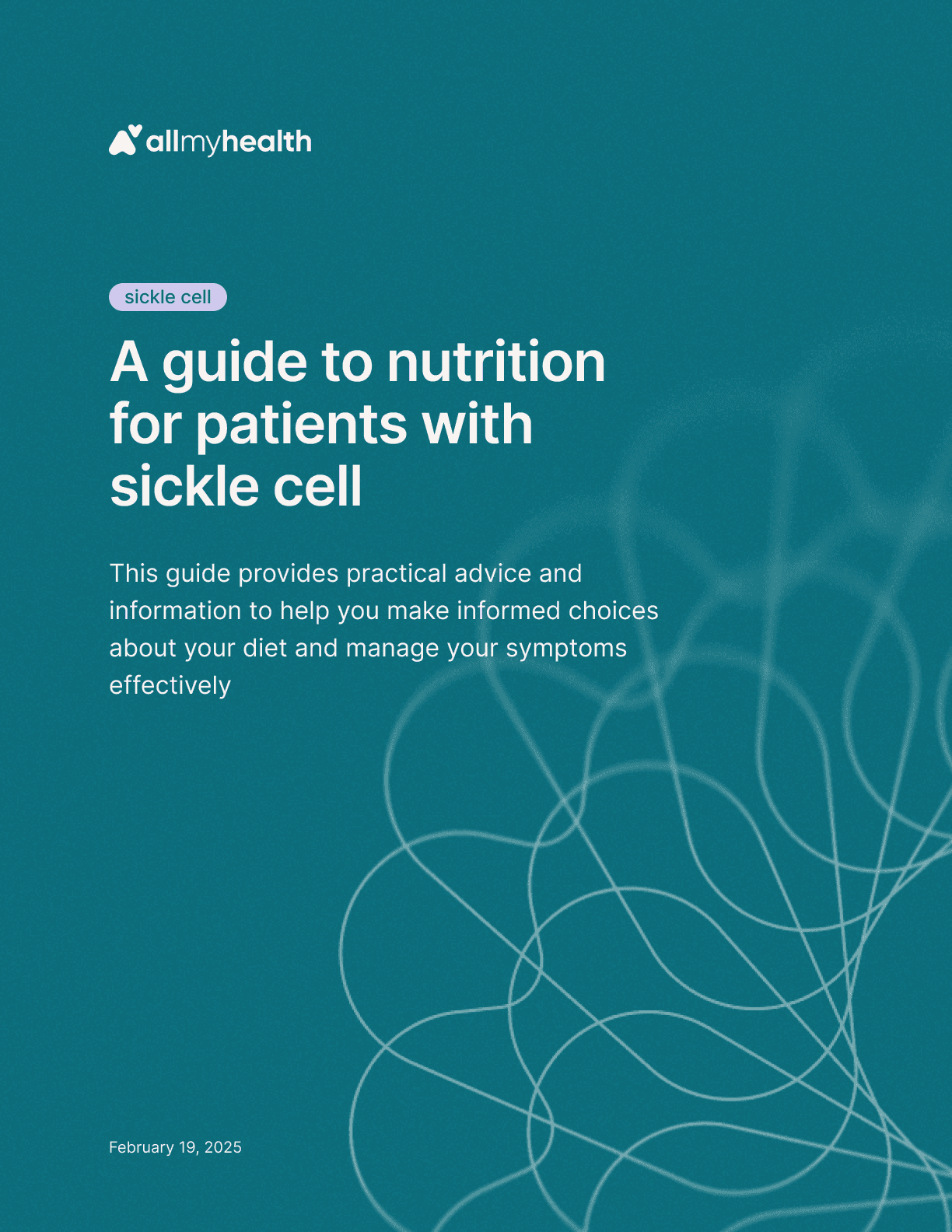
Stay informed
This report was published in our weekly newsletter and on our community page. Follow to stay up to date with the latest news and research relevant to your condition.
Listen to the audio version
Introduction
Sickle cell disease (SCD) is a chronic health condition that can significantly impact your quality of life. While there's no cure, a well-balanced diet can play a crucial role in managing symptoms, preventing complications, and boosting your overall health.
This comprehensive guide provides practical advice and information to help you make informed choices about your diet and manage your symptoms effectively. We'll delve into the specific nutritional needs of individuals with SCD, offer practical tips for meal planning, and provide strategies for adapting to changing dietary needs as your condition evolves.
By following these guidelines and working closely with your healthcare team, you can optimize your nutrition, enhance your well-being, and live a fulfilling life with SCD.
Understanding sickle cell and its impact on nutrition
Sickle cell disease (SCD) is a genetic condition that affects the red blood cells, which are responsible for carrying oxygen throughout the body. In SCD, these cells become hard and sticky, taking on a C-shape similar to a sickle. This abnormal shape can cause the cells to clump together and block blood flow in small blood vessels, leading to pain, organ damage, and other serious health problems [1].
Living with SCD can present unique nutritional challenges. Here's how SCD can affect your body and its need for nutrients:
Higher calorie and nutrient needs: Your body may require more calories and nutrients than someone without SCD due to the constant work of producing new red blood cells and fighting inflammation [2]. Think of it like your body is always running a marathon – it needs extra fuel to keep going!
Increased risk of inflammation: SCD often involves chronic inflammation, which can increase your body's need for certain nutrients to help with repair and recovery [2].
Challenges with appetite and eating: Pain crises, a common occurrence in SCD, can make it difficult to eat and maintain a healthy appetite. This can sometimes lead to nutritional deficiencies [2].
Difficulty absorbing nutrients: Sometimes, SCD can make it harder for your body to absorb all the nutrients it needs from food, even if you're eating a balanced diet. This is often due to inflammation or complications affecting the digestive system [2].
Pica: In some cases, particularly with young children, SCD can lead to cravings for non-food items like paper or dirt. This is known as "pica" and can interfere with getting the necessary nutrients from a healthy diet [3]. If you or your child experiences pica, it's important to discuss this with your doctor.
General dietary guidelines for people with sickle cell
Eating a balanced and nutritious diet is important for everyone, but it's especially crucial for individuals with SCD. Here are some general guidelines to keep in mind:
Hydration is key: Staying hydrated is one of the most important things you can do to manage SCD. Dehydration can trigger pain crises and worsen other symptoms. Aim to drink 8-10 glasses of water per day [4]. You can also include other fluids like flavored water, milk, and fruit juice, but it's best to limit fruit juice to 1 cup per day to avoid excess sugar [3].
Balanced diet: Focus on a balanced diet that includes a variety of foods from all the food groups: fruits, vegetables, whole grains, lean protein sources, and healthy fats [7]. This provides your body with a wide range of nutrients it needs to function properly.
Nutrient-rich choices: Choose foods that are packed with vitamins and minerals. Think colorful fruits and vegetables, leafy greens, beans, lentils, and lean meats [6].
Limit processed foods: Try to minimize processed foods, sugary drinks, and unhealthy fats. These can increase inflammation and may worsen SCD symptoms [3].
Regular meals and snacks: Aim for regular meals and snacks throughout the day to keep your energy levels stable and prevent fatigue [5].
Specific nutritional needs for sickle cell patients
While a balanced diet is essential, people with SCD may need to pay closer attention to certain nutrients:
Iron
Iron is crucial for making hemoglobin, which carries oxygen in red blood cells. However, people with SCD who receive frequent blood transfusions may develop iron overload, which can be harmful. It's important to monitor iron levels and discuss iron intake with your doctor.
Food sources: Lean red meat, poultry, beans, lentils, spinach, fortified cereals
Folic Acid
Folic acid is a B vitamin that helps the body produce and maintain new cells, including red blood cells. Since SCD involves the rapid breakdown of red blood cells, folic acid is essential for replenishing these cells and preventing anemia.
Food sources: Leafy green vegetables, citrus fruits, beans, lentils, fortified cereals
Vitamin B12
Vitamin B12 is important for healthy nerve function and the formation of red blood cells. People with SCD may be at a higher risk of deficiency, which can lead to neurological problems, fatigue, and weakness.
Food sources: Meat, poultry, fish, eggs, dairy products, fortified cereals
Vitamin D
Vitamin D helps the body absorb calcium, which is important for strong bones. Studies suggest that vitamin D may also help reduce pain episodes in SCD and support immune function.
Food sources: Fatty fish, eggs, fortified milk and dairy products, mushrooms
Zinc
Zinc is essential for growth and a healthy immune system. Children with SCD are particularly at risk of zinc deficiency.
Food sources: Meat, poultry, seafood, beans, nuts, whole grains
Tips for easily increasing calories
If you need to increase your calorie intake, here are some simple strategies:
Add healthy fats: Incorporate healthy fats into your meals and snacks. Add a drizzle of olive oil to your vegetables, enjoy some avocado with your salad, or spread nut butter on whole-grain toast [15].
Choose whole milk dairy: Opt for whole milk dairy products instead of low-fat or skim versions. This can add extra calories and important nutrients like calcium and vitamin D [15].
Calorie-dense snacks: Choose snacks that are high in calories but also provide nutrients. Nuts, seeds, dried fruits, and smoothies are all good options [15].
Practical advice and meal planning tips for sickle cell patients
Here are some practical tips to help you plan your meals and make healthy choices:
Increase calorie intake: If you need to increase your calorie intake, focus on nutrient-dense, high-calorie foods like avocados, nuts, whole milk, and dried fruits [4].You can also add healthy fats to your meals, such as olive oil, nut butters, and avocados [16].
Manage poor appetite: If you have a poor appetite, try eating smaller, more frequent meals throughout the day [3].Smoothies and shakes can be a good way to get extra calories and nutrients [15].
Address food cravings: If you experience cravings for non-food items (pica), talk to your doctor or a registered dietitian. They can help you understand the potential causes and suggest strategies to manage these cravings [3].
Make mealtimes enjoyable: Create a positive and relaxed environment during mealtimes. Avoid distractions and encourage family meals whenever possible [4].
Cook at home: Cooking at home allows you to control the ingredients and make healthier choices [4].
Read food labels: Learn to read food labels to make informed choices about the foods you buy [3].
Encourage trying new foods: It's important to encourage children with SCD to try new foods and develop a varied palate. Offer a variety of healthy options at each meal, and don't give up if they refuse something at first [3].
Address picky eating: If you're struggling with a picky eater, try offering new foods alongside familiar favorites. Be patient and persistent, and remember that it can take time for children to accept new foods [3].
Seek professional guidance: If you have any questions or concerns about your diet, consult a registered dietitian or a healthcare professional specializing in SCD. They can help you develop an individualized nutrition plan that meets your specific needs [17].
Sample meal plan
Here's a sample meal plan that incorporates the principles discussed above:
Breakfast: Oatmeal with berries and nuts, a glass of milk
Lunch: Salad with grilled chicken or fish, whole-wheat bread, and a piece of fruit
Dinner: Lentil soup with whole-grain bread, a side of steamed vegetables
Snacks: Yogurt with fruit, trail mix, vegetable sticks with hummus
Note: This is just a sample meal plan, and your individual needs may vary. It's essential to work with a healthcare professional to create a plan that's right for you.
Importance of working with a healthcare professional
Working with a healthcare professional, such as a doctor or registered dietitian, is essential for developing an individualized nutrition plan that meets your specific needs. They can help you in several ways:
Assess your nutritional needs: They can evaluate your current diet, health status, and lifestyle to determine your specific nutritional requirements [3].
Create a personalized plan: They can help you create a meal plan that considers your preferences, food sensitivities, and any other dietary restrictions [17].
Monitor your progress: They can track your progress and make adjustments to your plan as needed [18].
Provide support and guidance: They can offer ongoing support and answer any questions you may have about your diet [19].
Address growth and development: For children with SCD, healthcare professionals can help ensure they're getting the extra calories and nutrients needed for healthy growth and development. Meeting these needs can help children with SCD catch up to their peers in growth [5].
Conclusion
Living with SCD can present daily challenges, but remember that nutrition plays a vital role in managing your symptoms and improving your overall health. By following the guidelines and tips in this guide, and by working closely with your healthcare team, you can make informed choices about your diet and take an active role in your well-being.
It's important to remember that everyone's experience with SCD is unique. Factors like age, disease severity, and lifestyle can all influence your nutritional needs. That's why working with a healthcare professional to create a personalized nutrition plan is so important. They can help you navigate the challenges of SCD and empower you to live a healthier, more fulfilling life.
References
1. Sickle cell anemia - Symptoms & causes - Mayo Clinic
https://www.mayoclinic.org/diseases-conditions/sickle-cell-anemia/symptoms-causes/syc-20355876
2. Malnutrition in sickle cell anemia: Prevalence, impact, and interventions: A Review - PMC
https://pmc.ncbi.nlm.nih.gov/articles/PMC11098235/
3. Sickle Cell Handbook Appendix: Nutrition - CDPH - CA.gov
https://www.cdph.ca.gov/Programs/CFH/DGDS/Pages/nbs/SCHandbook_Nutrition.aspx
4. Nutrition for the Child with Sickle Cell Anemia - Academy of Nutrition and Dietetics
https://www.eatright.org/health/health-conditions/digestive-and-gastrointestinal/nutrition-for-the-child-with-sickle-cell-anemia
5. Eating well with - sickle cell - Nemours Children's Health
https://www.nemours.org/content/dam/nemours/wwwv2/filebox/service/medical/sicklecell/sickle-cell-cookbook.pdf
6. Sickle cell disease diet: What to include and more - MedicalNewsToday,
https://www.medicalnewstoday.com/articles/sickle-cell-diet
7. Eating to be Well with Sickle Cell Disease - Boston Medical Center
https://www.bmc.org/sites/default/files/About_Us/Features/Sickle_Cell_Disease_Treatment_at_BMC/field_Attachments/SickleCellDisease-EatingHealthy.pdf
8. Iron Overload in Sickle Cell Disease
https://www.sicklecellsociety.org/iron-overload-in-sickle-cell-disease/
9. Eating Well With Sickle Cell - Nemours Children's Health,
https://www.nemours.org/content/dam/nemours/nemours-org/en/documents/sickle-cell-cookbook.pdf
10. Sickle cell disease: MedlinePlus Medical Encyclopedia
https://medlineplus.gov/ency/article/000527.htm
11. Impact of vitamin B12 on the reproductive health of women with sickle cell disease: a narrative review in
https://raf.bioscientifica.com/view/journals/raf/4/3/RAF-23-0015.xml
12. Significant Reduction of Vitamin B12 Levels in Sudanese Sickle Cell Disease Patients
https://www.scirp.org/journal/paperinformation?paperid=73164
13. Cobalamin Deficiency in Children and Adolescents with Sickle Cell Disease - MDPI
https://www.mdpi.com/2072-6643/17/3/597
14. Folic Acid Supplementation and Twin Pregnancy in Patients with Sickle Cell Disease. | Blood | American Society of Hematology
https://ashpublications.org/blood/article/104/11/3744/77946/Folic-Acid-Supplementation-and-Twin-Pregnancy-in
15. Living Well with Sickle Cell - HUSKY Health Connecticut
https://www.huskyhealthct.org/members/Member%20PDFs/education_resources/ICM_Sickle_Cell_Menu.pdf
16. Sickle Cell Meal Plan for the week (Monday — Sunday) | by Kinghemnise - Medium
https://medium.com/@kinghemnise/sickle-cell-meal-plan-for-the-week-monday-sunday-2806181e72c8
17. The role of dietitians in sickle cell care
https://www.sicklecellsociety.org/the-role-of-dietitians-in-sickle-cell-care/
18. Sickle Cell Disease Support | Professional Care Team
https://www.sparksicklecellchange.com/treatment/professional-support
19. Sickle Cell Nutrition Academy | Educate, Empower, Equip
https://sicklecellnutritionacademy.com/

Gaucher disease
·
Inclusion of Gaucher disease in newborn screening panels across the U.S.
Apr 9, 2025

Hemophilia
·
Qfitlia: A breakthrough in hemophilia treatment
Apr 3, 2025

Multiple myeloma
·
Navigating clinical trials in multiple myeloma
Apr 2, 2025

Gene and cell therapy
·
An introduction to cell therapy
Mar 25, 2025

Gene and cell therapy
·
An introduction to gene therapy
Mar 19, 2025
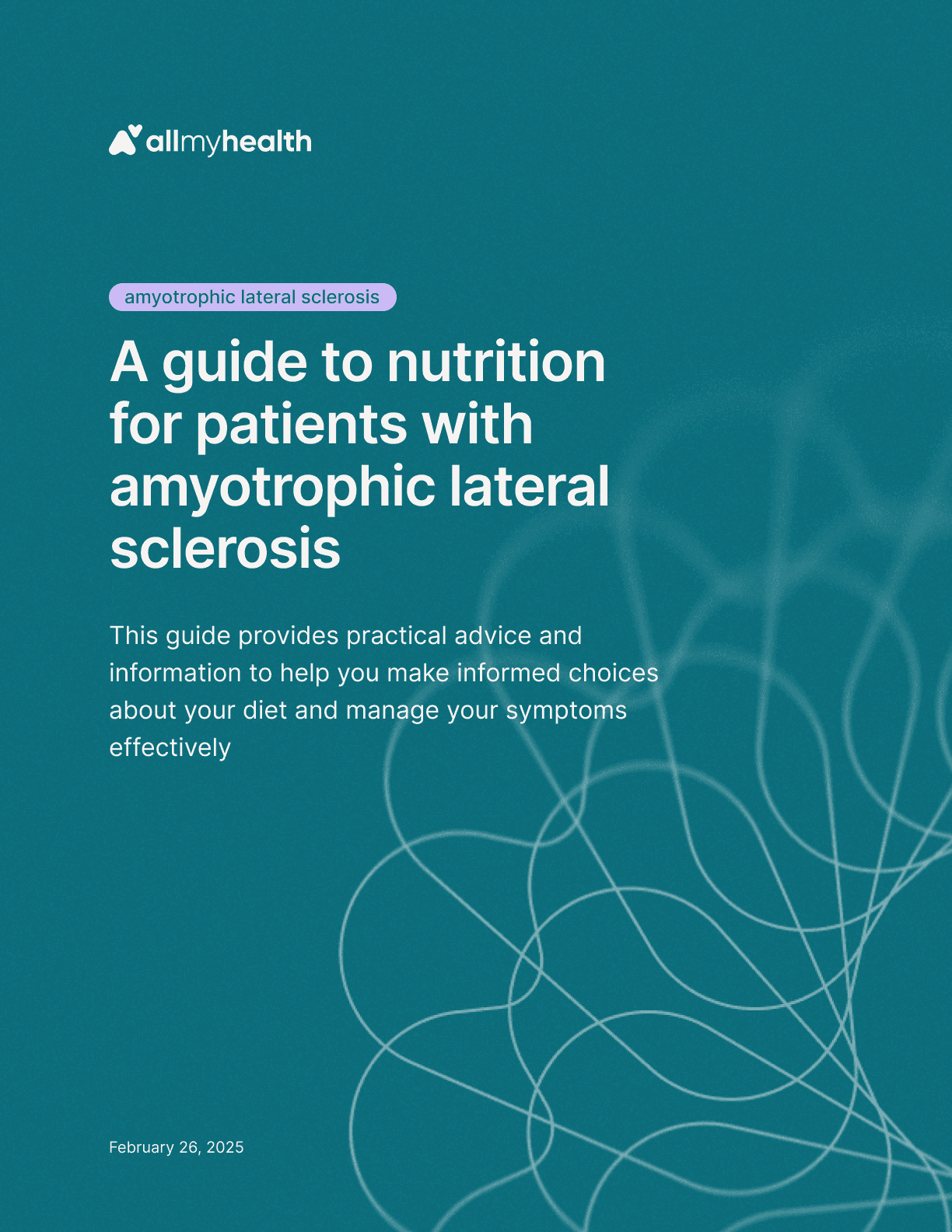
Amyotrophic lateral sclerosis
·
A guide to nutrition for patients with amyotrophic lateral sclerosis
Feb 26, 2025
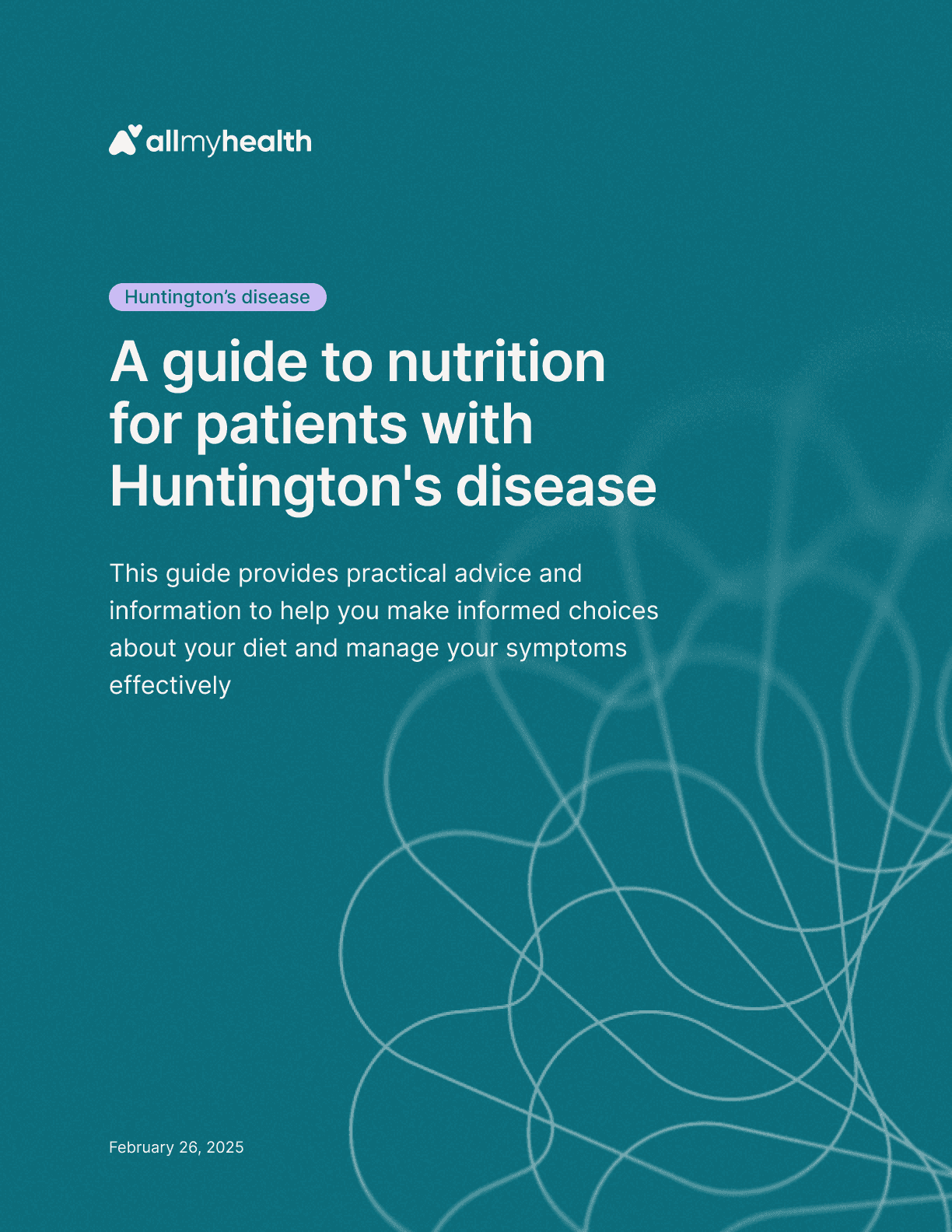
Huntington's disease
·
A guide to nutrition for patients with Huntington's disease
Feb 26, 2025

Spinal muscular atrophy
·
A guide to nutrition for patients with spinal muscular atrophy
Feb 26, 2025
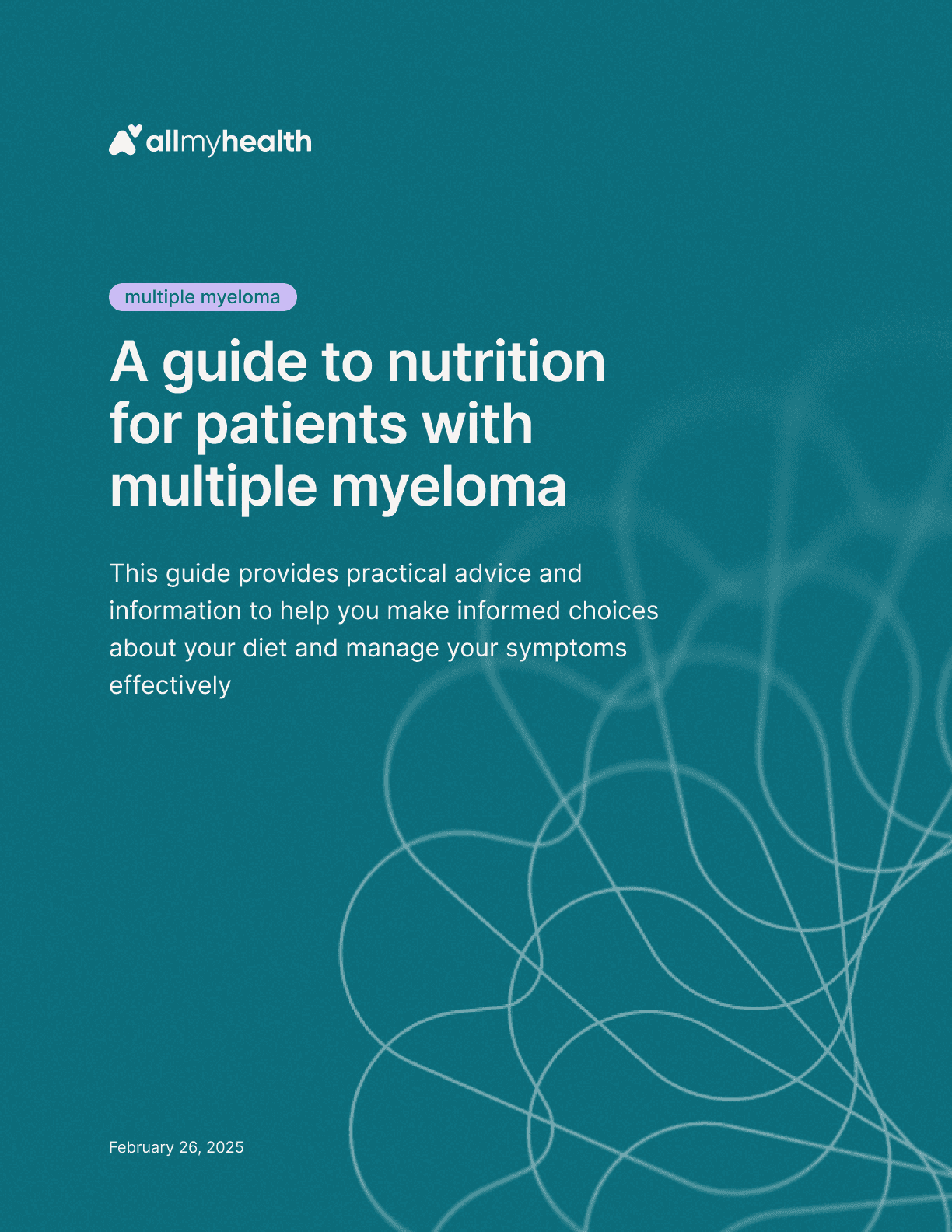
Multiple myeloma
·
A guide to nutrition for patients with multiple myeloma
Feb 26, 2025
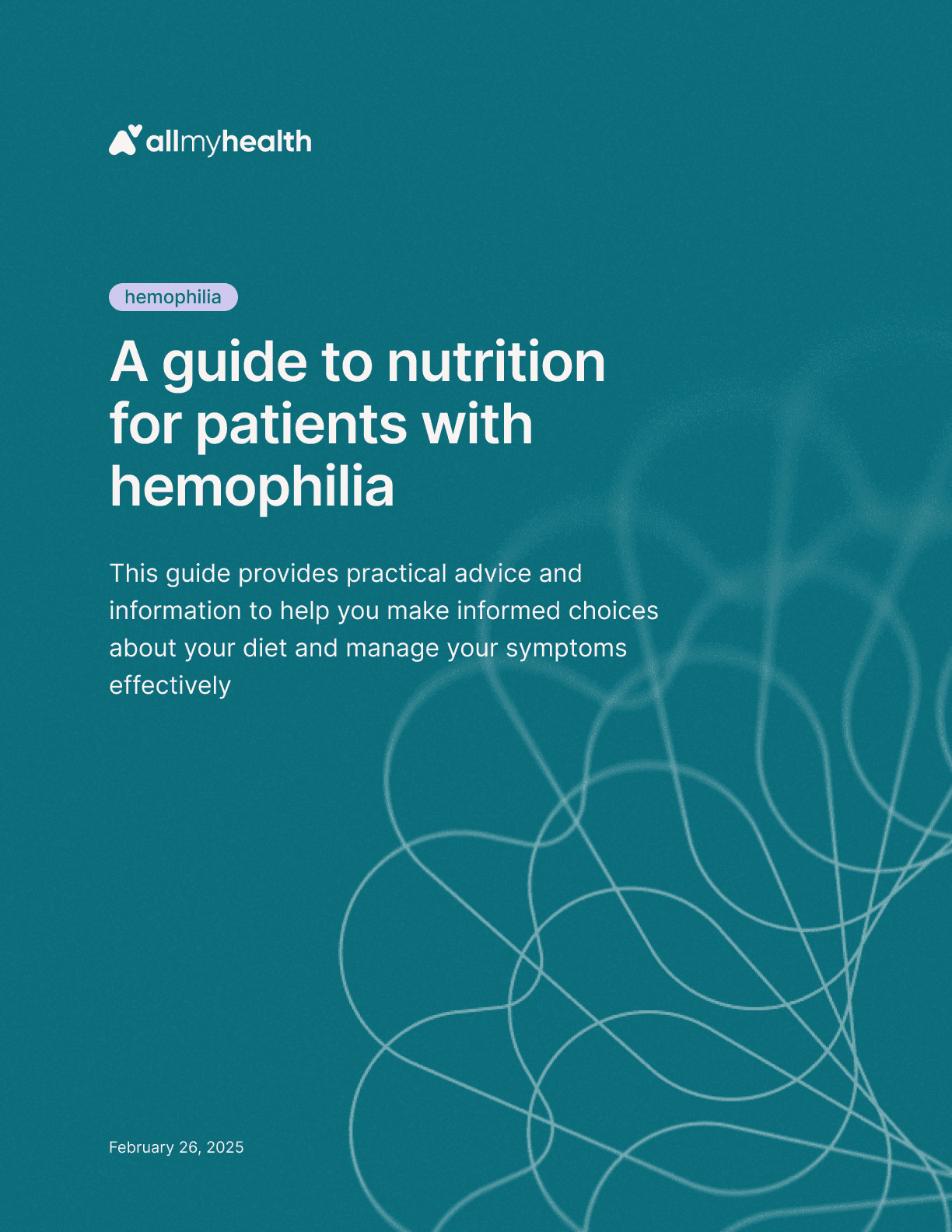
Hemophilia
·
A guide to nutrition for patients with hemophilia
Feb 26, 2025
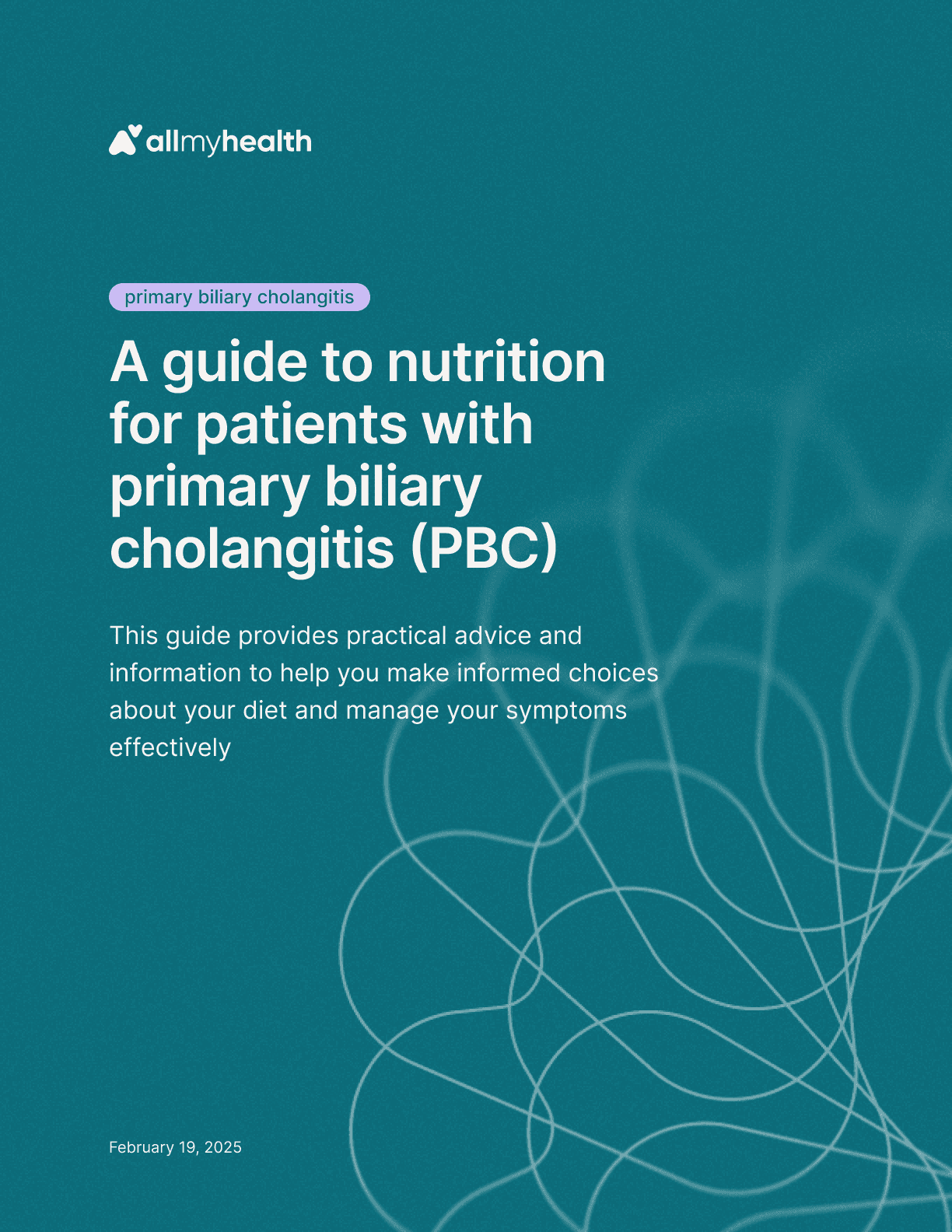
Primary biliary cholangitis
·
A guide to nutrition for patients with primary biliary cholangitis (PBC)
Feb 19, 2025
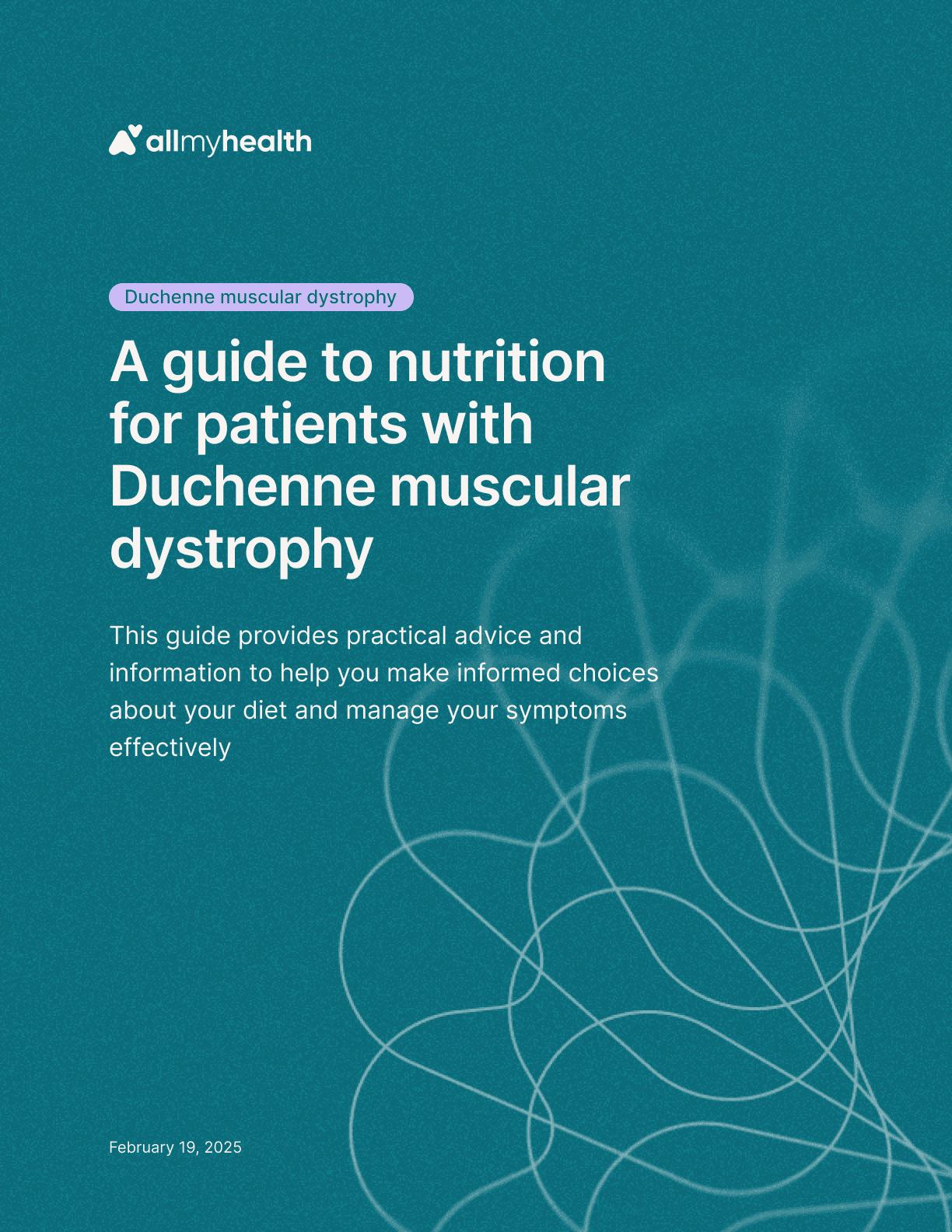
Duchenne muscular dystrophy
·
A guide to nutrition for patients with Duchenne muscular dystrophy
Feb 19, 2025
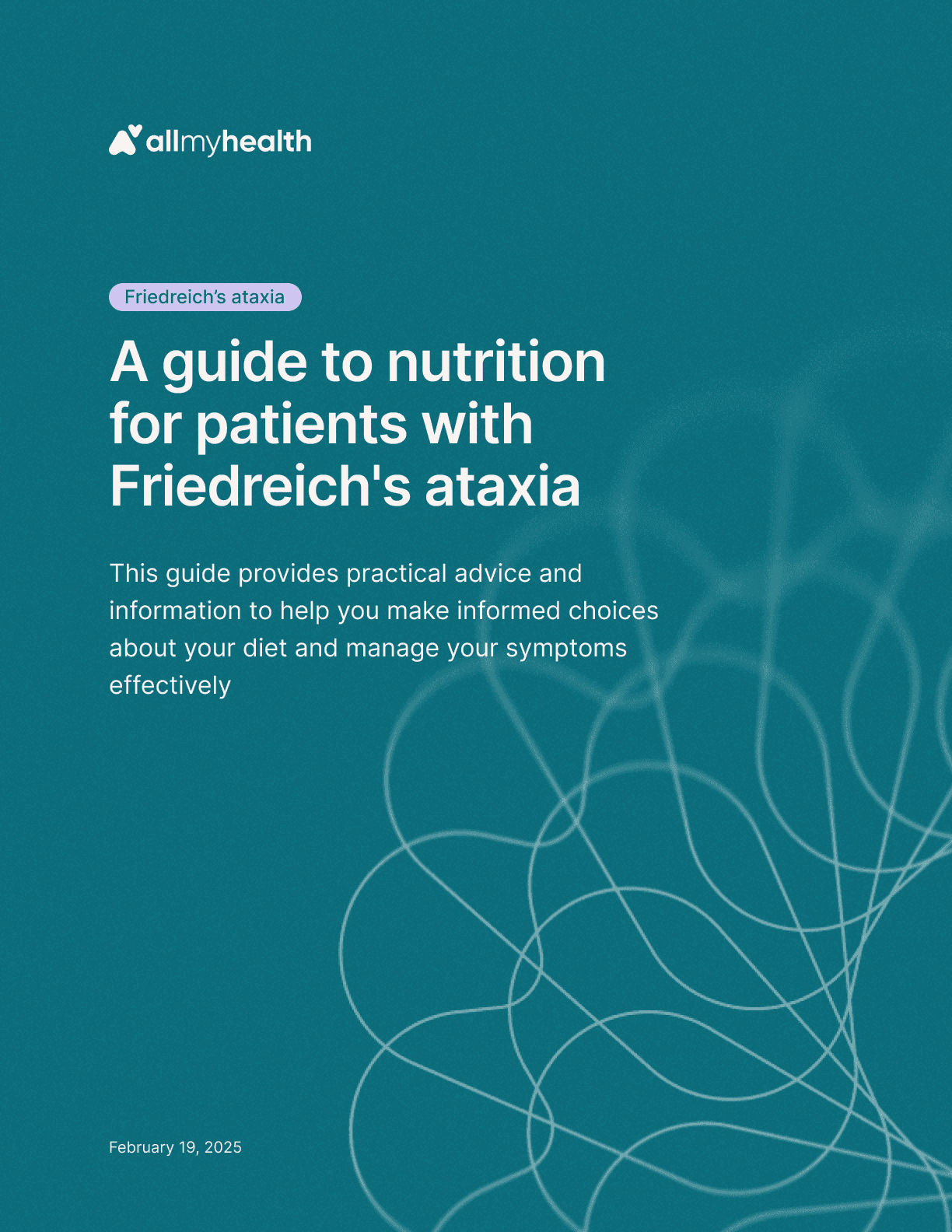
Friedreich's ataxia
·
A guide to nutrition for patients with Friedreich's ataxia
Feb 19, 2025

Mantle cell lymphoma
·
A guide to nutrition for patients with mantle cell lymphoma
Feb 19, 2025
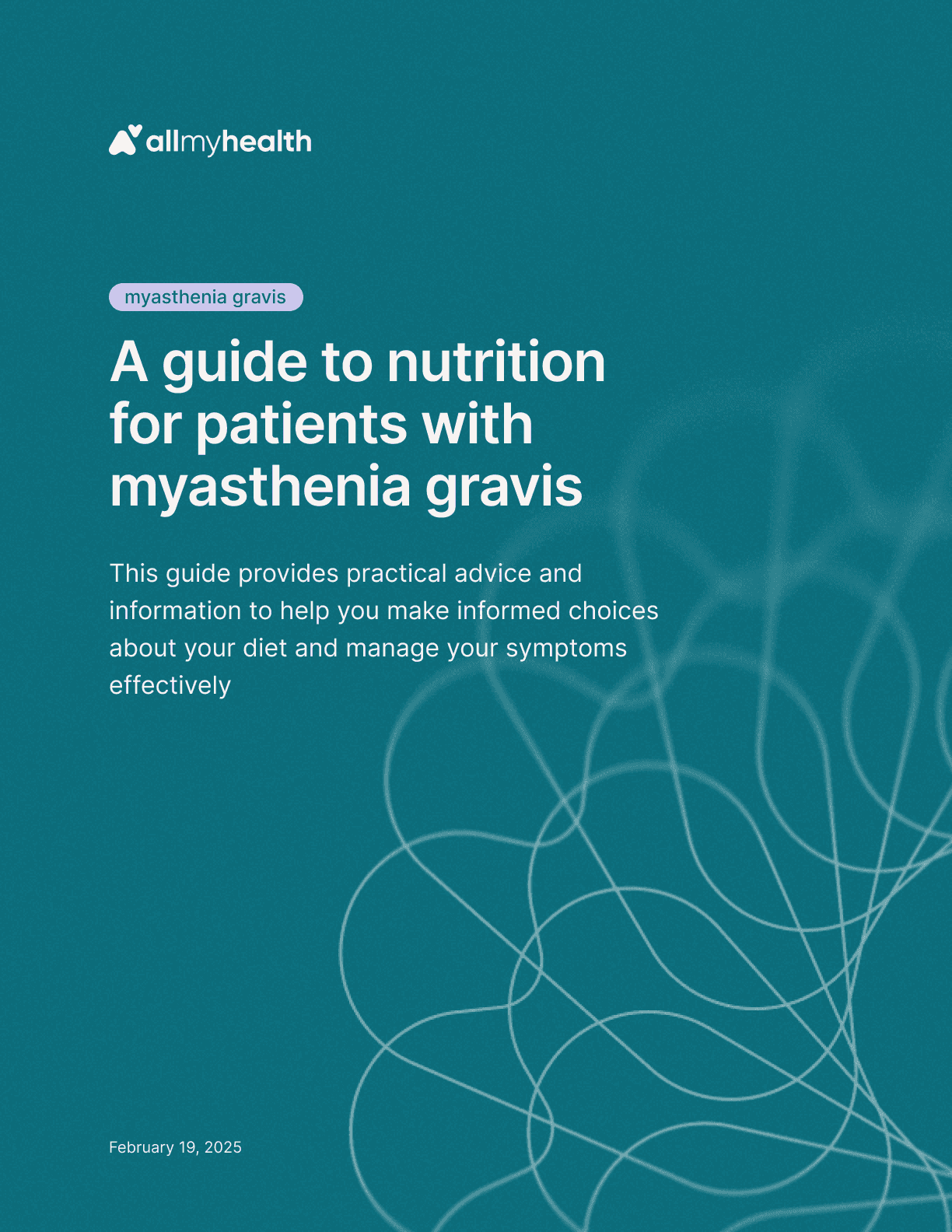
Myasthenia gravis
·
A guide to nutrition for patients with myasthenia gravis
Feb 19, 2025
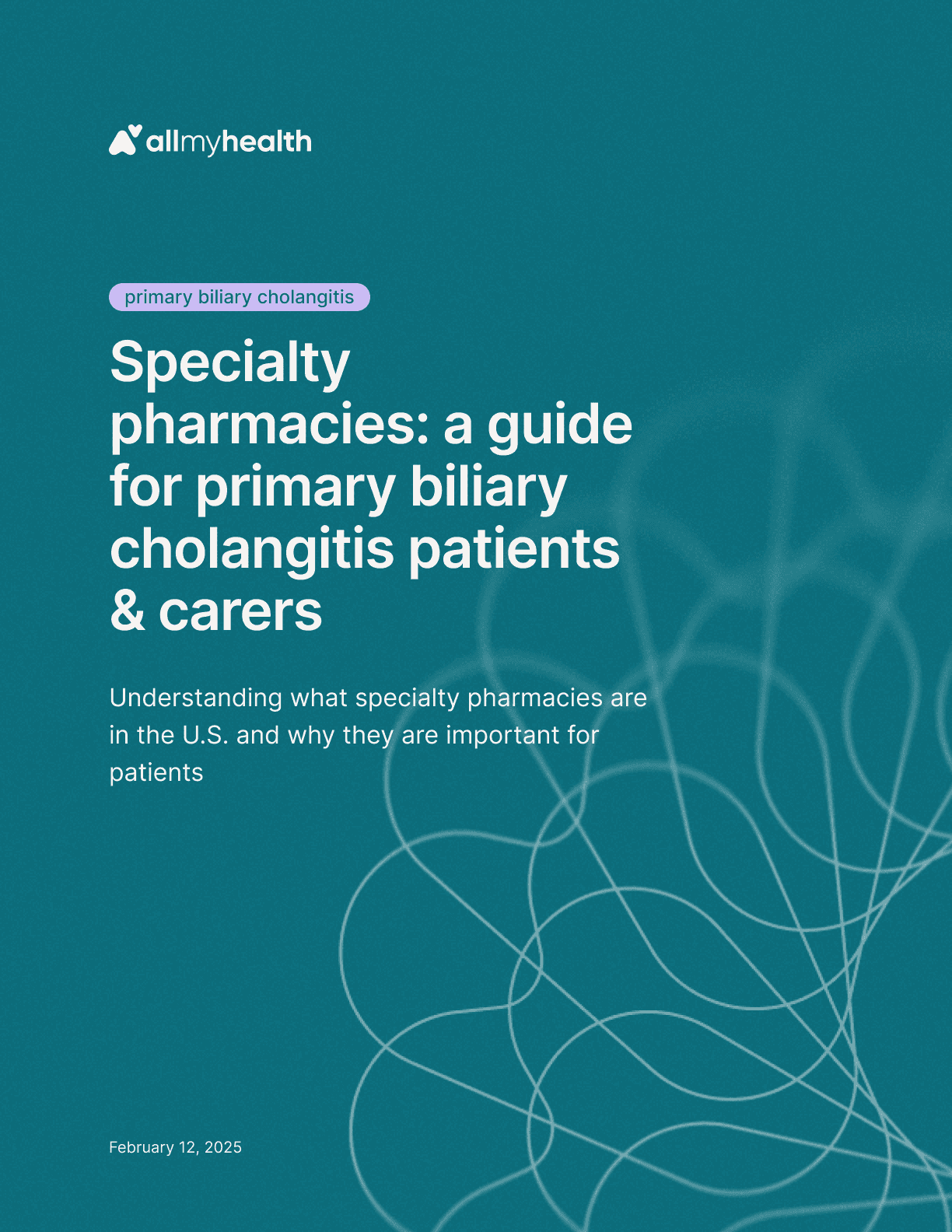
Primary biliary cholangitis
·
Specialty pharmacies: a guide for primary biliary cholangitis patients & carers
Feb 12, 2025
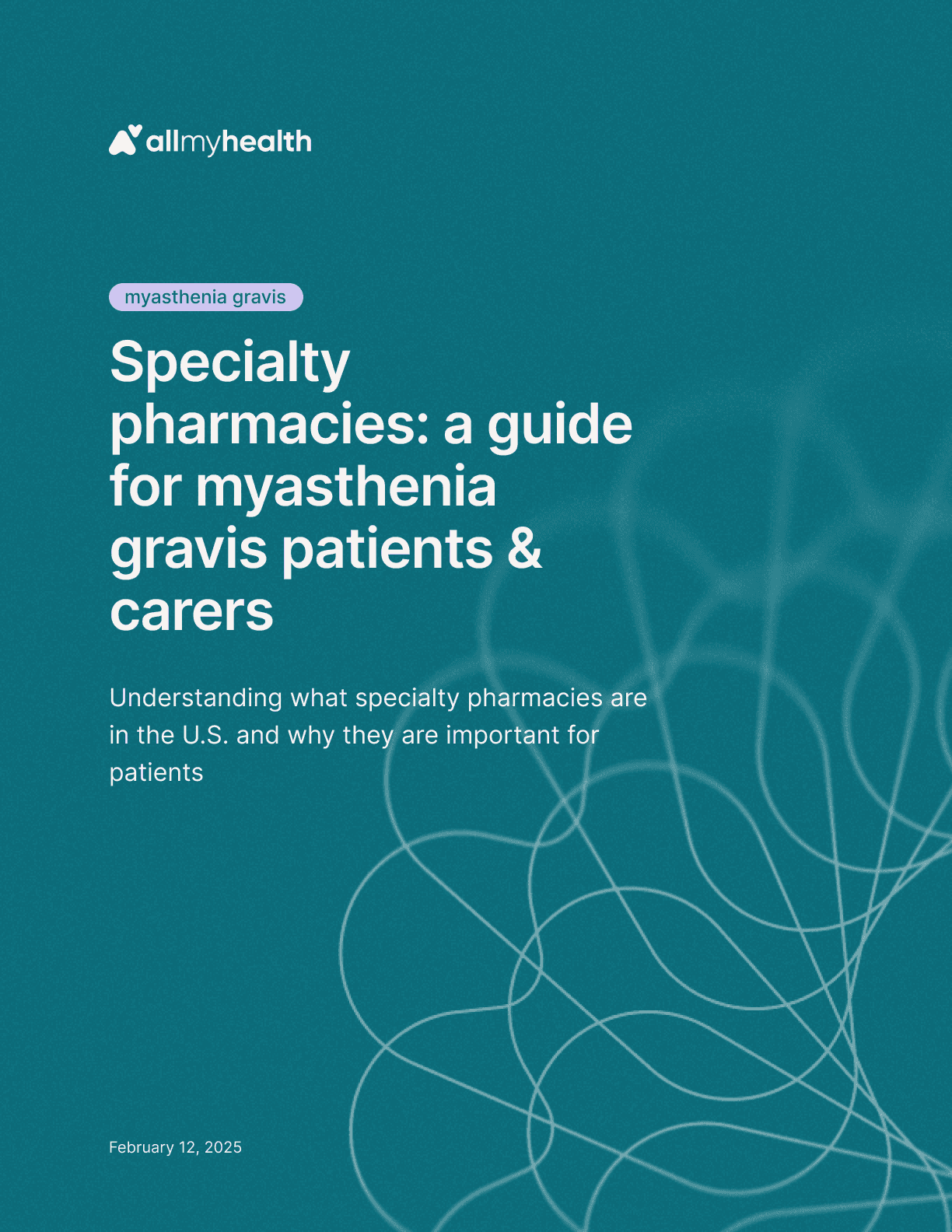
Myasthenia gravis
·
Specialty pharmacies: a guide for myasthenia gravis patients & carers
Feb 12, 2025
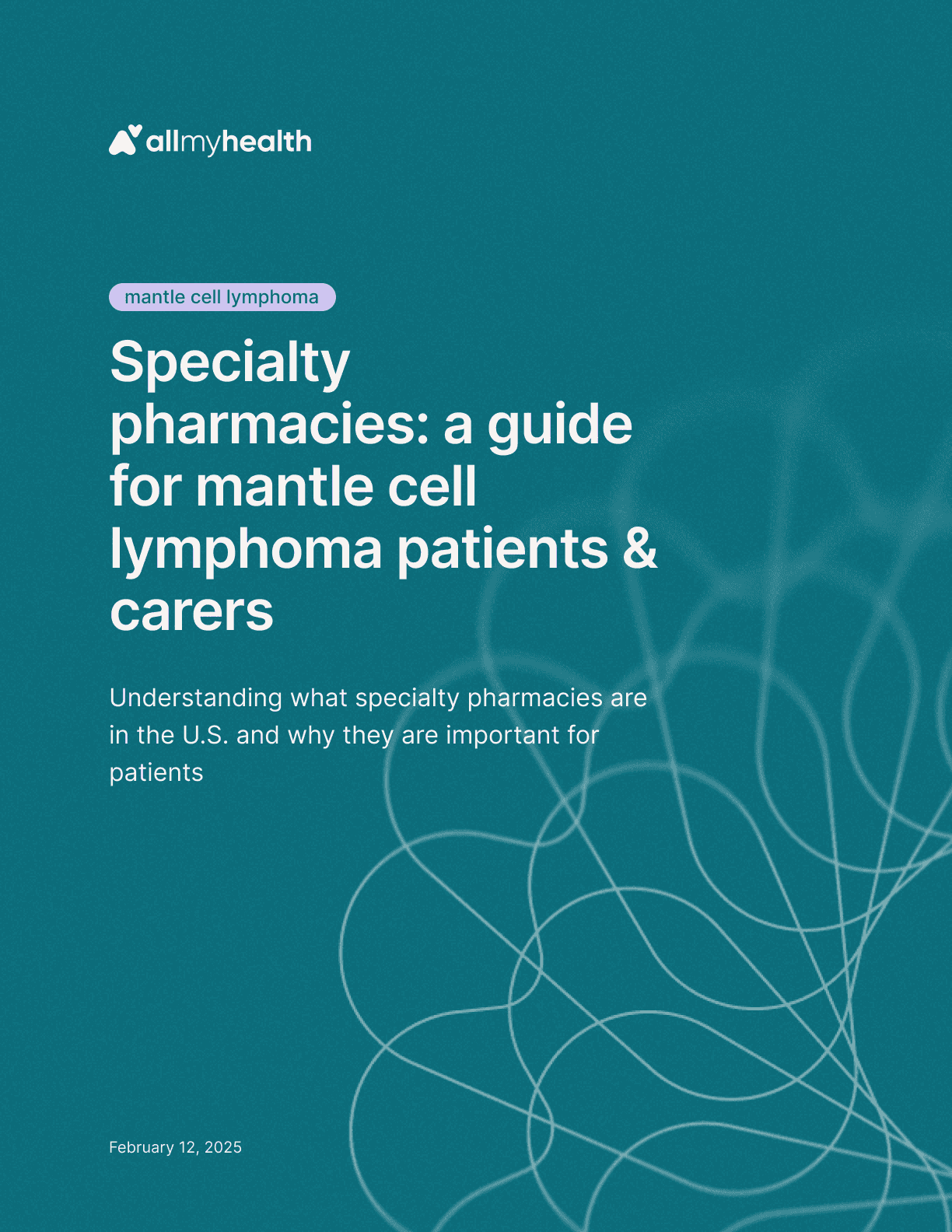
Mantle cell lymphoma
·
Specialty pharmacies: a guide for mantle cell lymphoma patients & carers
Feb 12, 2025
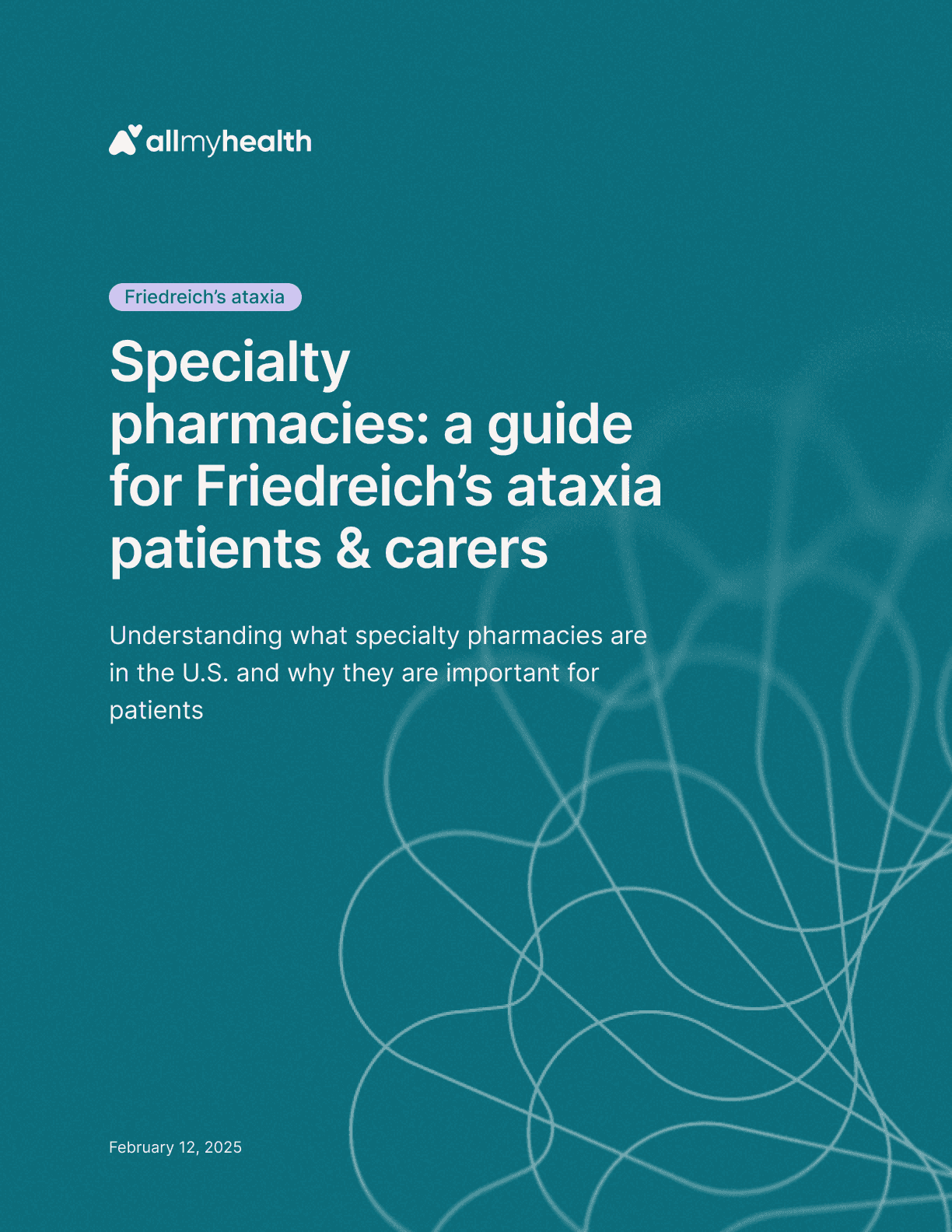
Friedreich's ataxia
·
Specialty pharmacies: a guide for Friedreich’s ataxia patients & carers
Feb 12, 2025
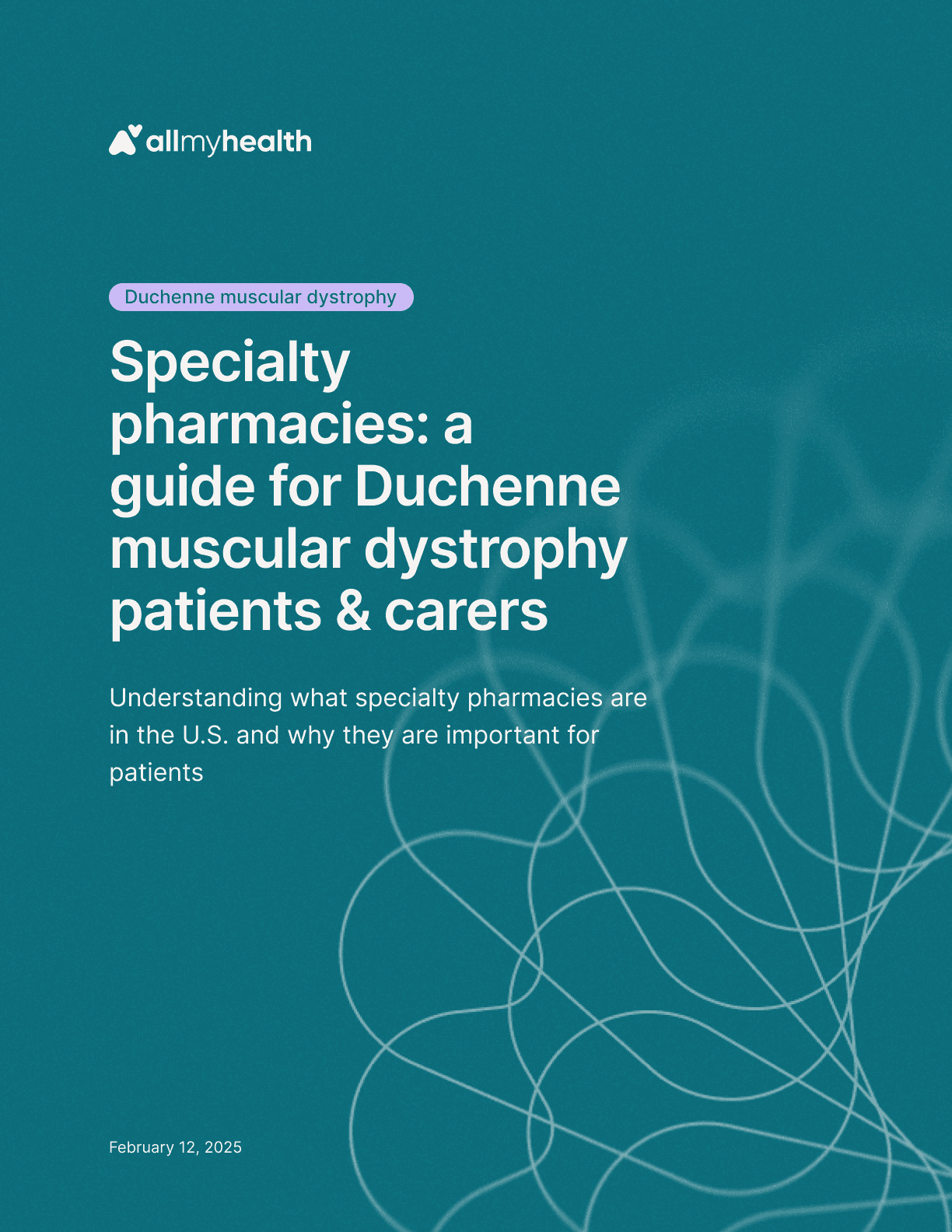
Duchenne muscular dystrophy
·
Specialty pharmacies: a guide for Duchenne muscular dystrophy patients & carers
Feb 12, 2025

Spinal muscular atrophy
·
Specialty pharmacies: a guide for SMA patients & carers
Feb 6, 2025
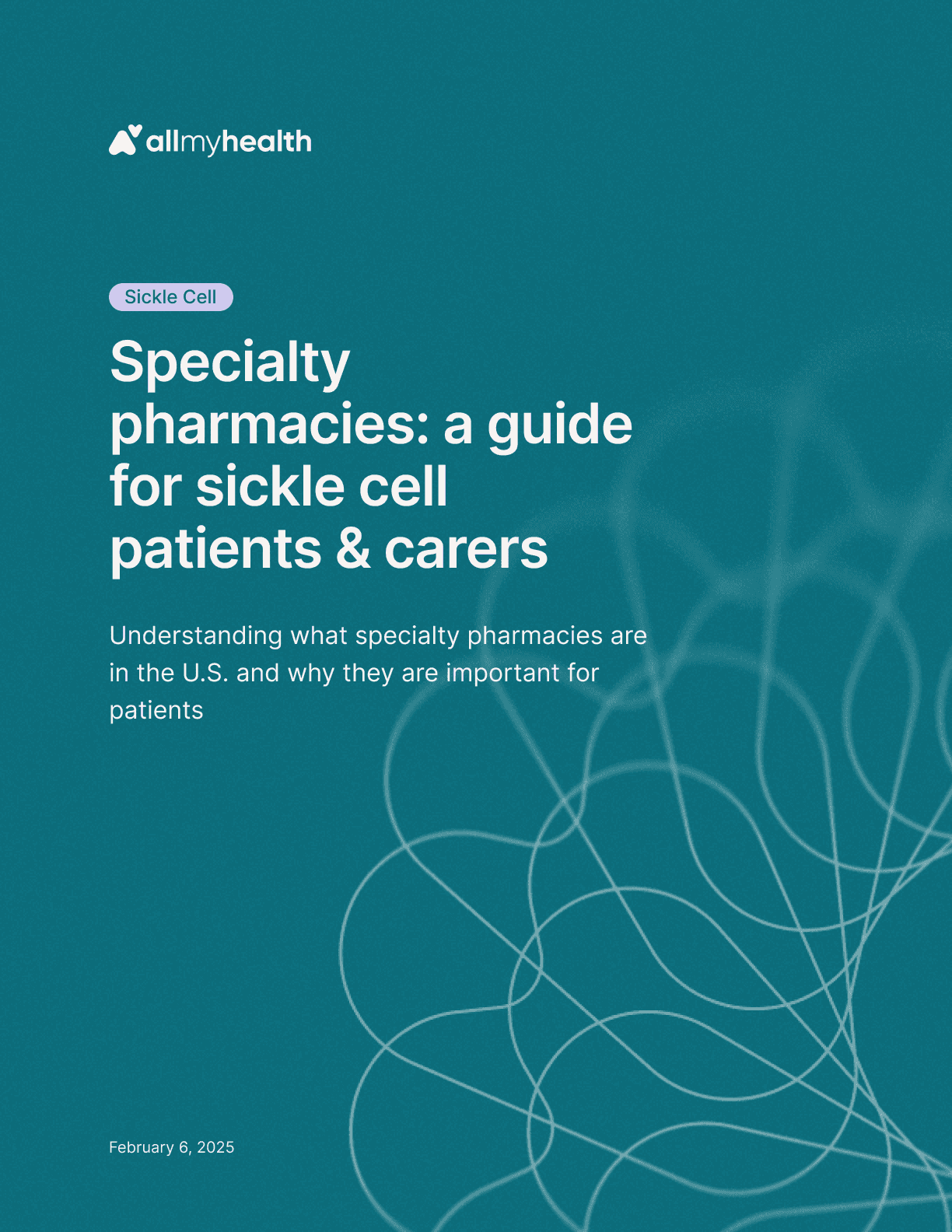
Sickle cell
·
Specialty pharmacies: a guide for sickle cell patients & carers
Feb 6, 2025
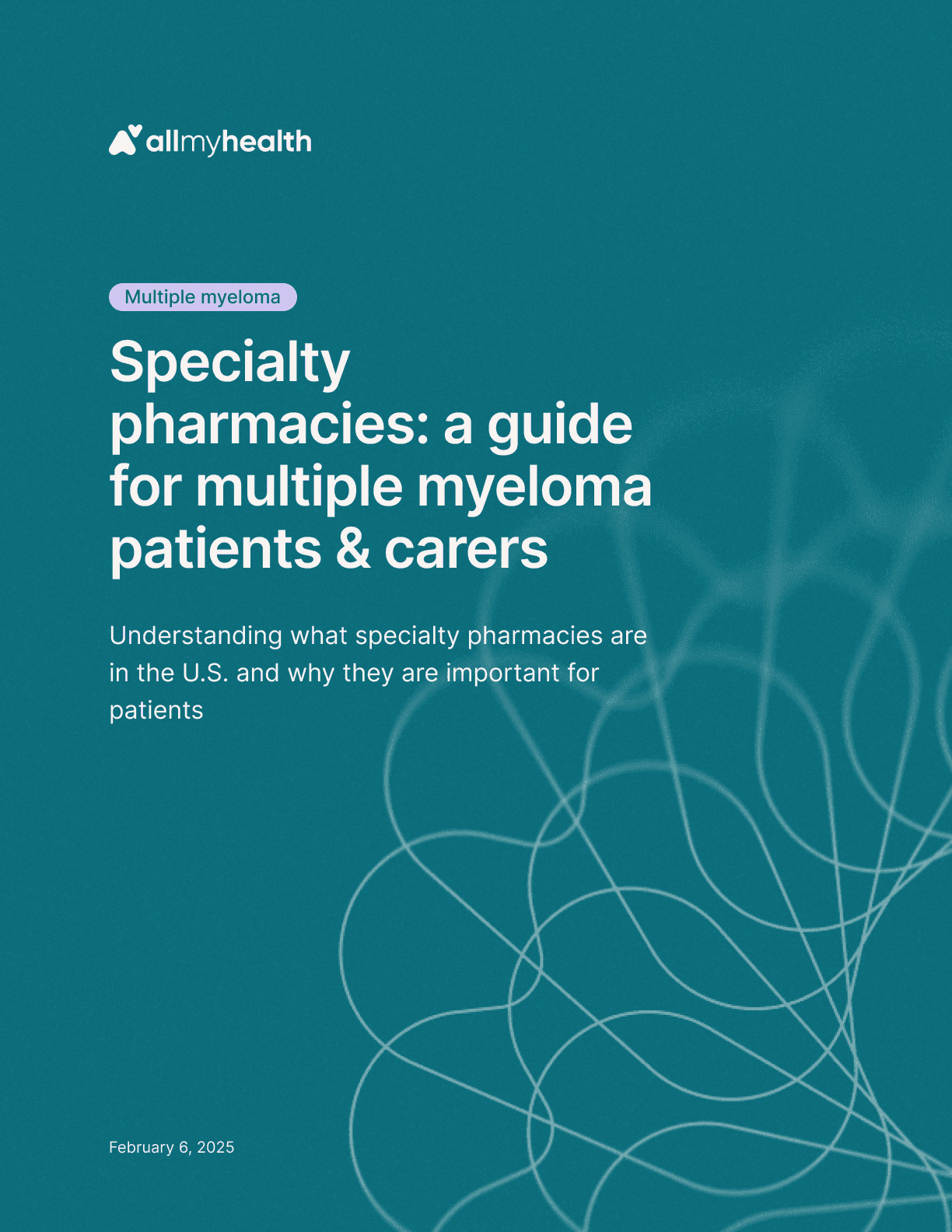
Multiple myeloma
·
Specialty pharmacies: a guide for multiple myeloma patients & carers
Feb 6, 2025
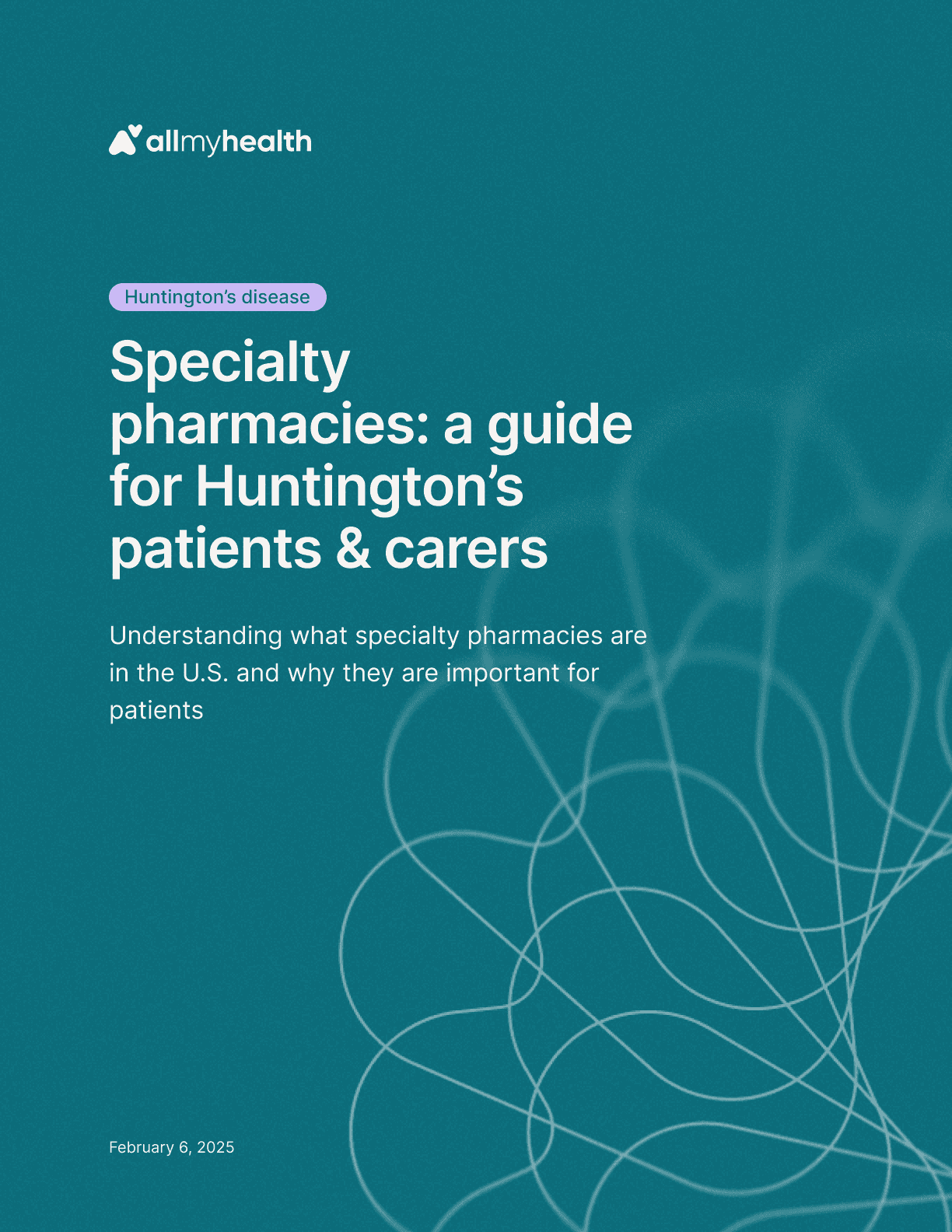
Huntington's disease
·
Specialty pharmacies: a guide for Huntington’s disease patients & carers
Feb 6, 2025
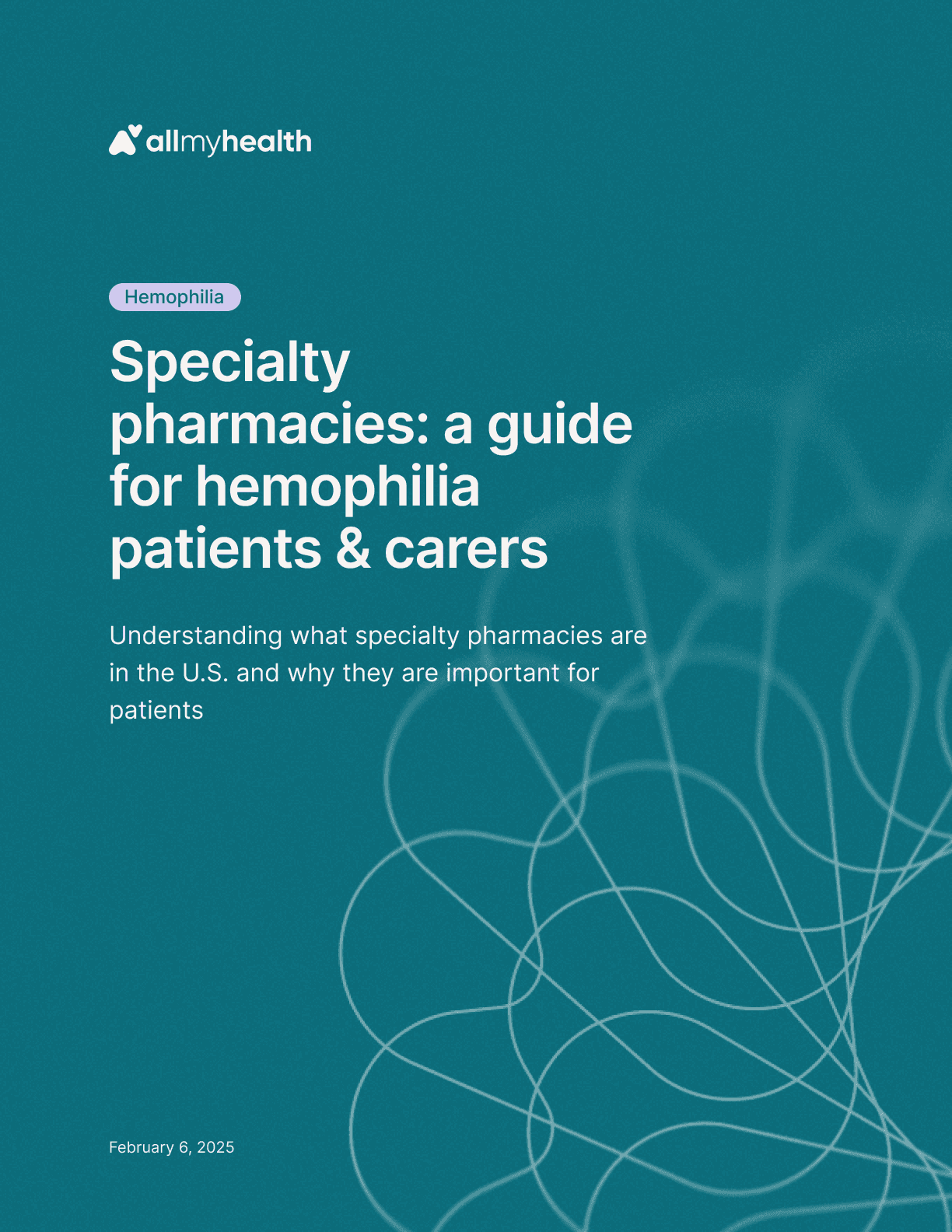
Hemophilia
·
Specialty pharmacies: a guide for hemophilia patients & carers
Feb 6, 2025

Amyotrophic lateral sclerosis
·
Specialty pharmacies: a guide for ALS patients & carers
Feb 6, 2025
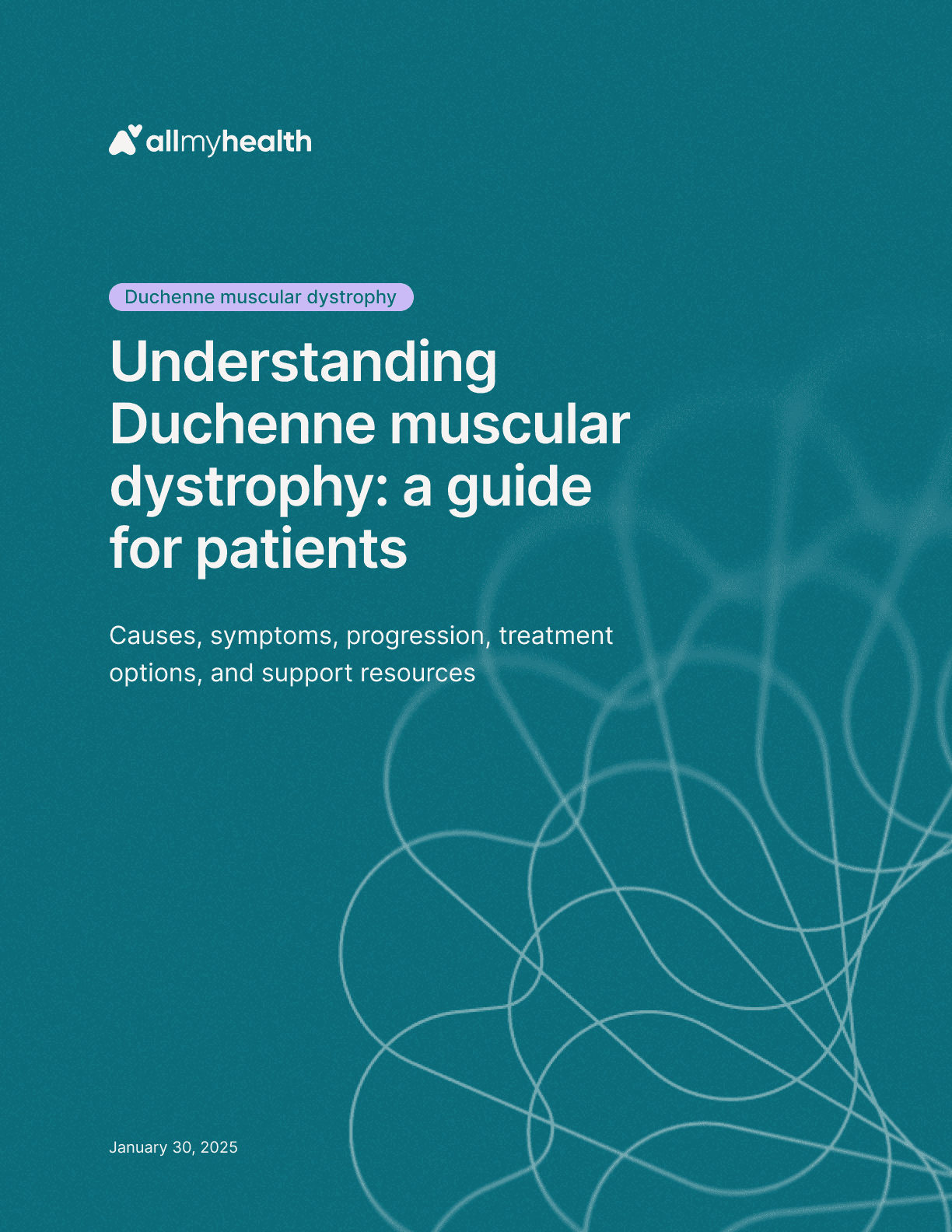
Duchenne muscular dystrophy
·
Understanding Duchenne muscular dystrophy: a guide for patients
Jan 30, 2025

Friedreich's ataxia
·
Understanding Friedreich's ataxia: a guide for patients
Jan 30, 2025

Hemophilia
·
Understanding hemophilia: a guide for patients
Jan 30, 2025
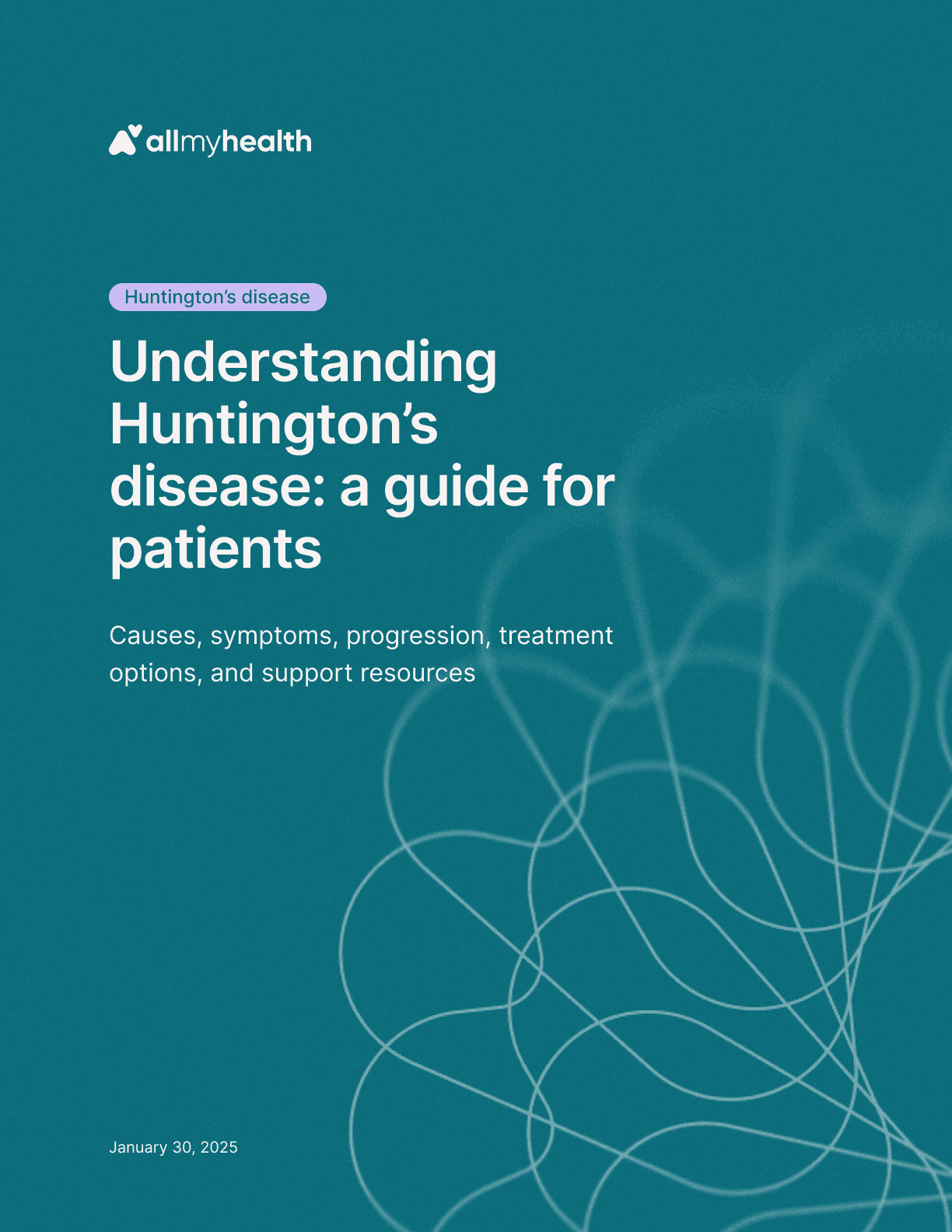
Huntington's disease
·
Understanding Huntington’s disease: a guide for patients
Jan 30, 2025
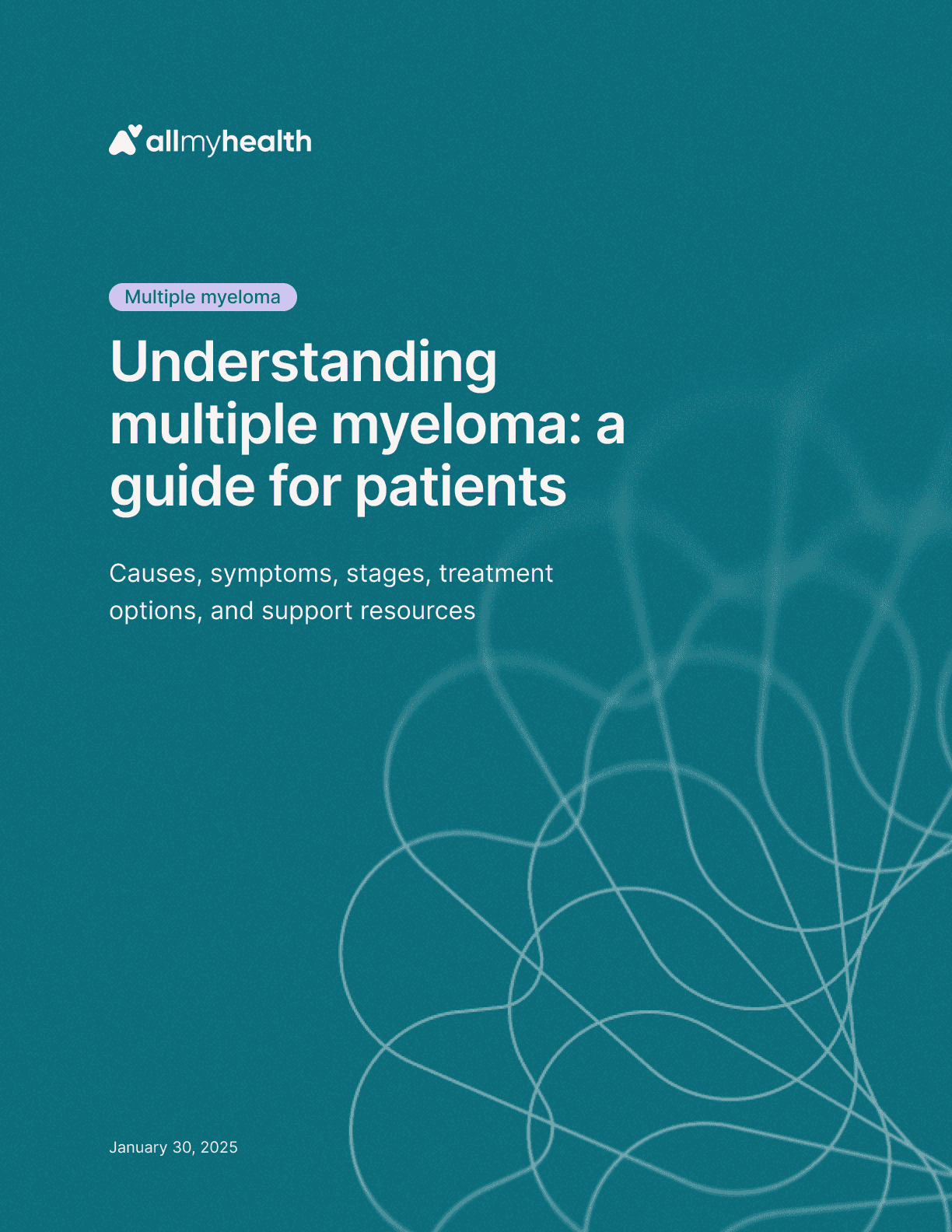
Multiple myeloma
·
Understanding multiple myeloma: a guide for patients
Jan 30, 2025

Primary biliary cholangitis
·
Understanding primary biliary cholangitis: a guide for patients
Jan 30, 2025
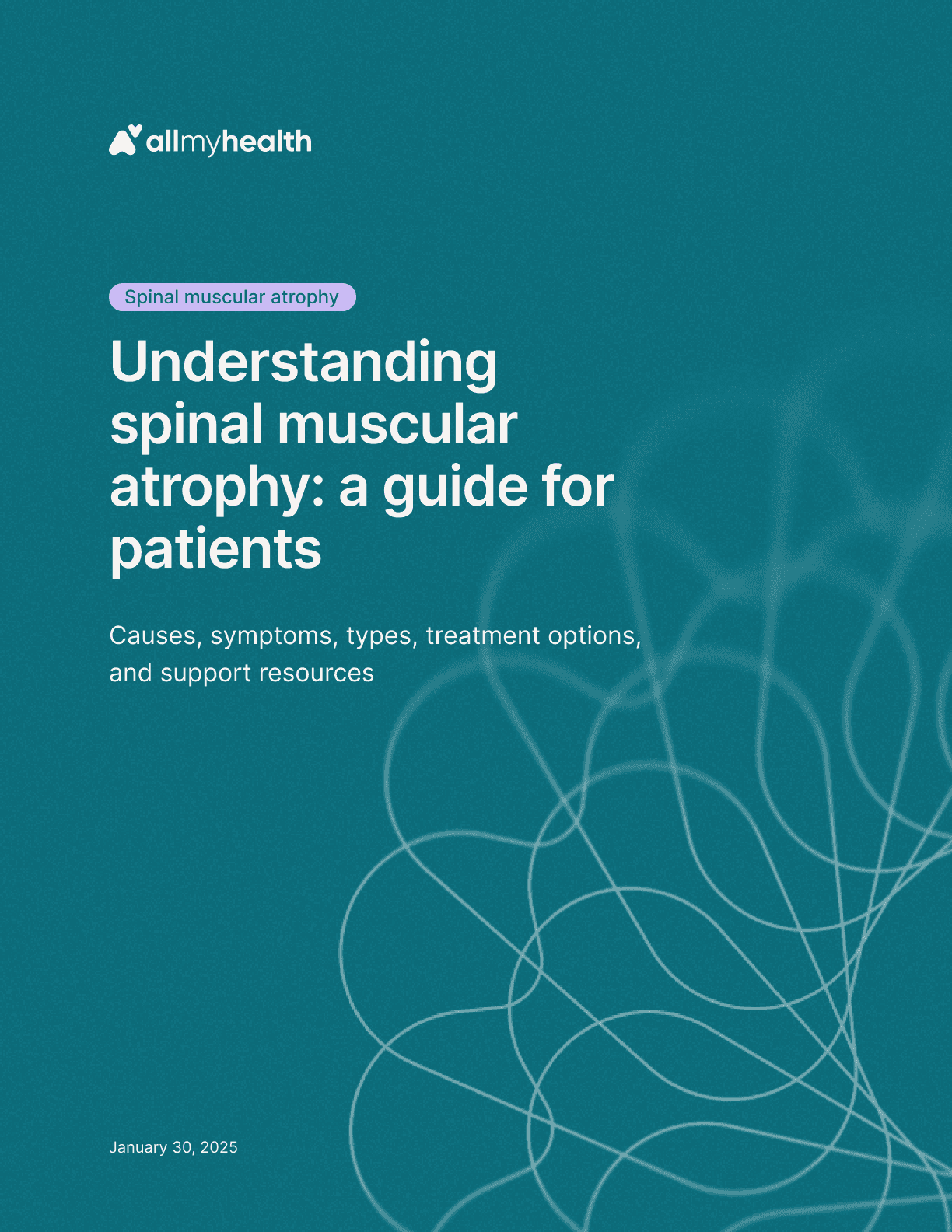
Spinal muscular atrophy
·
Understanding spinal muscular atrophy: a guide for patients
Jan 30, 2025

Amyotrophic lateral sclerosis
·
Understanding amyotrophic lateral sclerosis: a guide for patients
Jan 23, 2025
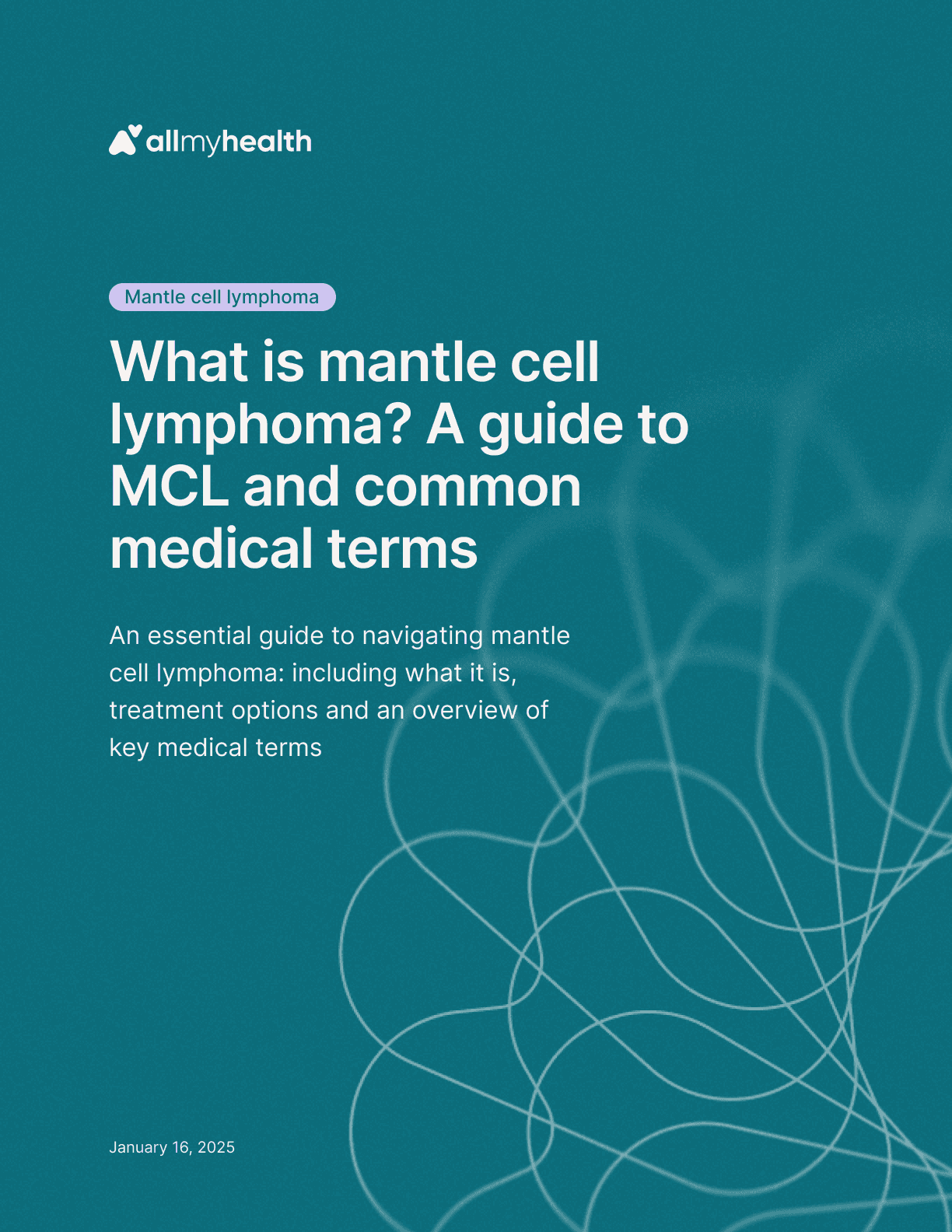
Mantle cell lymphoma
·
What is mantle cell lymphoma? A guide to MCL and common medical terms
Jan 23, 2025
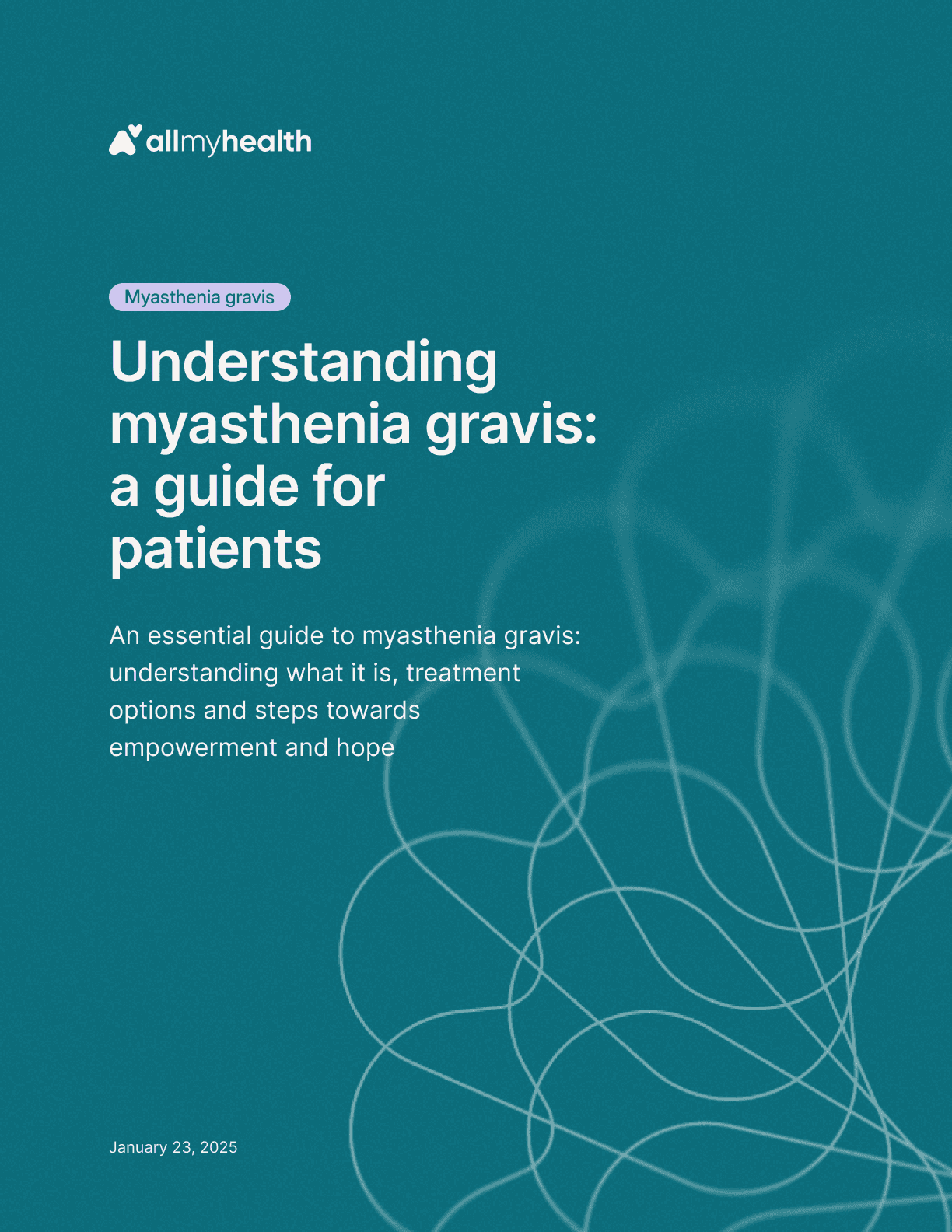
Myasthenia gravis
·
Understanding myasthenia gravis: a guide for patients
Jan 23, 2025
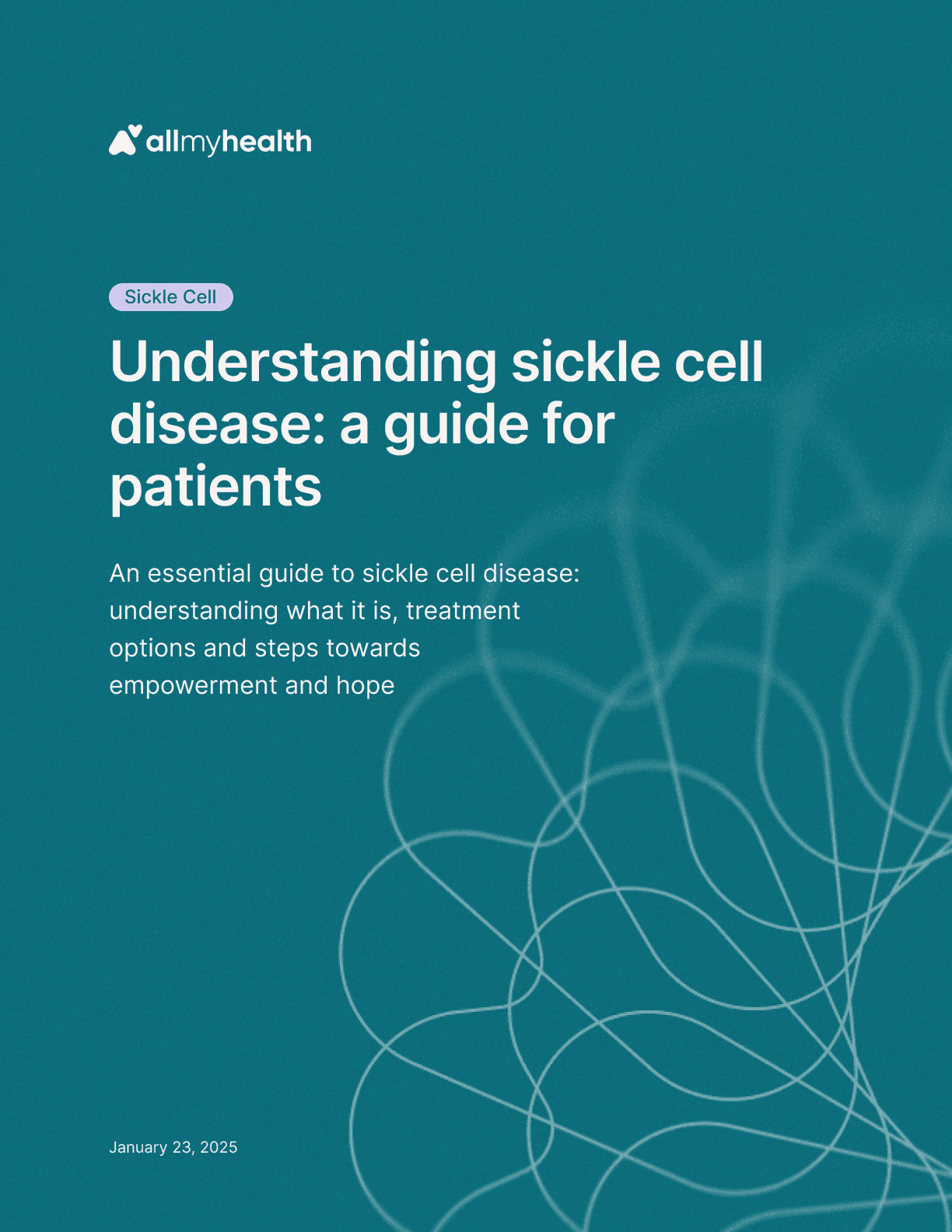
Sickle cell
·
Understanding sickle cell disease: a guide for patients
Jan 23, 2025
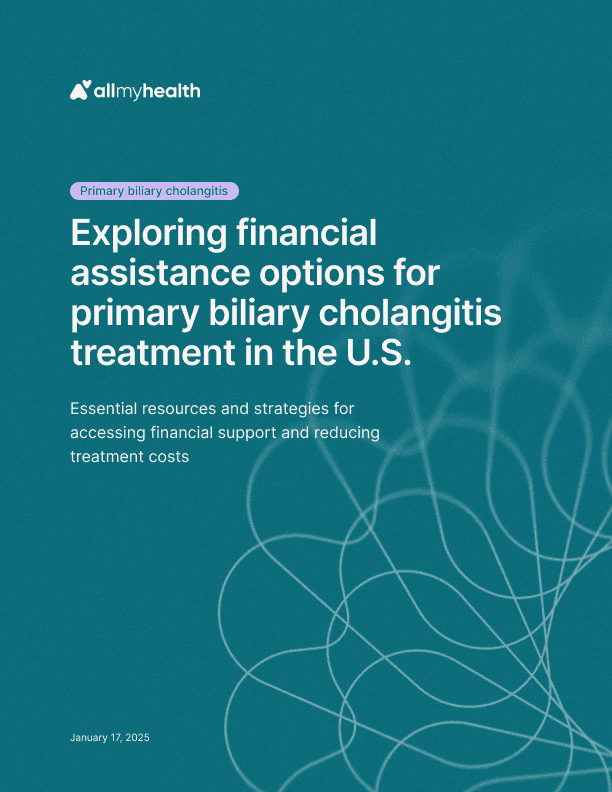
Primary biliary cholangitis
·
Exploring financial assistance options for primary biliary cholangitis treatment in the U.S.
Jan 17, 2025
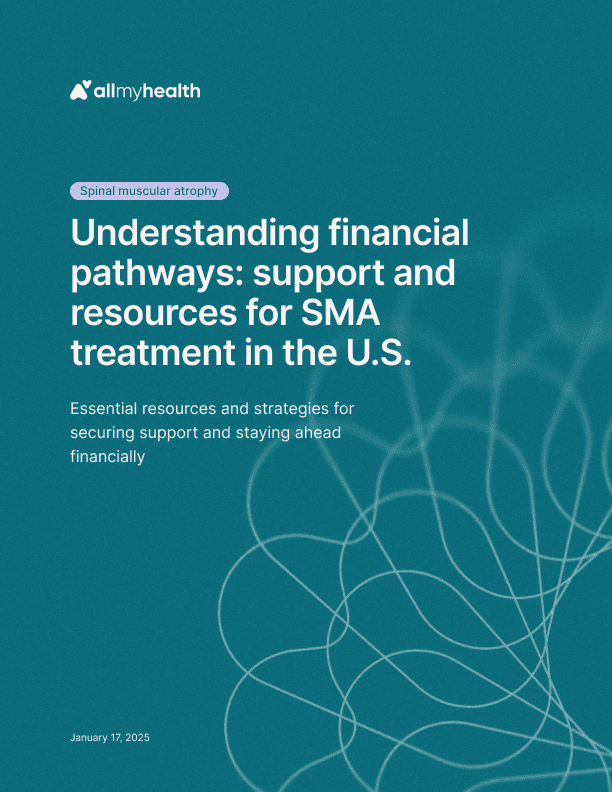
Spinal muscular atrophy
·
Understanding financial pathways: support and resources for SMA treatment in the U.S.
Jan 17, 2025

Duchenne muscular dystrophy
·
Financial strategies for muscular dystrophy in the U.S.
Jan 17, 2025

Hemophilia
·
Navigating financial assistance for hemophilia treatment in the U.S.
Jan 17, 2025
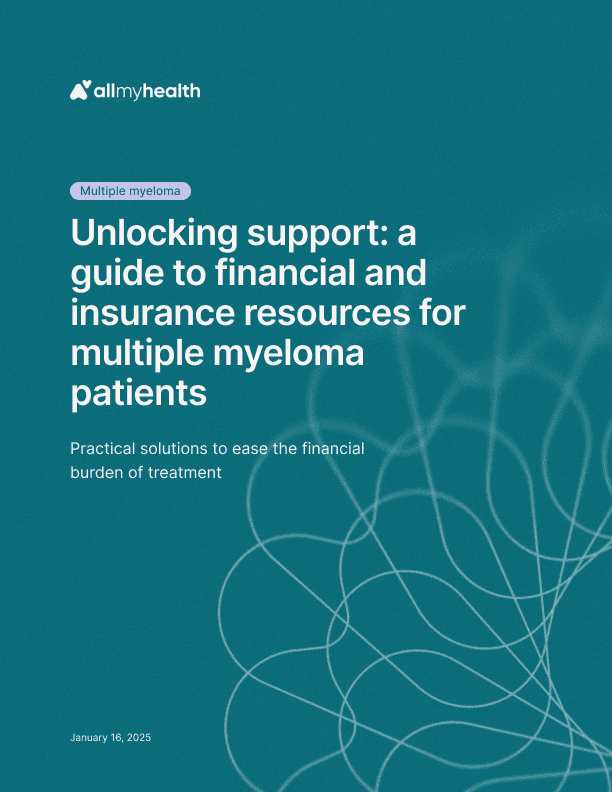
Multiple myeloma
·
Unlocking support: a guide to financial and insurance resources for multiple myeloma patients
Jan 17, 2025

Friedreich's ataxia
·
Navigating Friedreich’s ataxia in the U.S.: a practical guide to support and financial planning
Jan 17, 2025
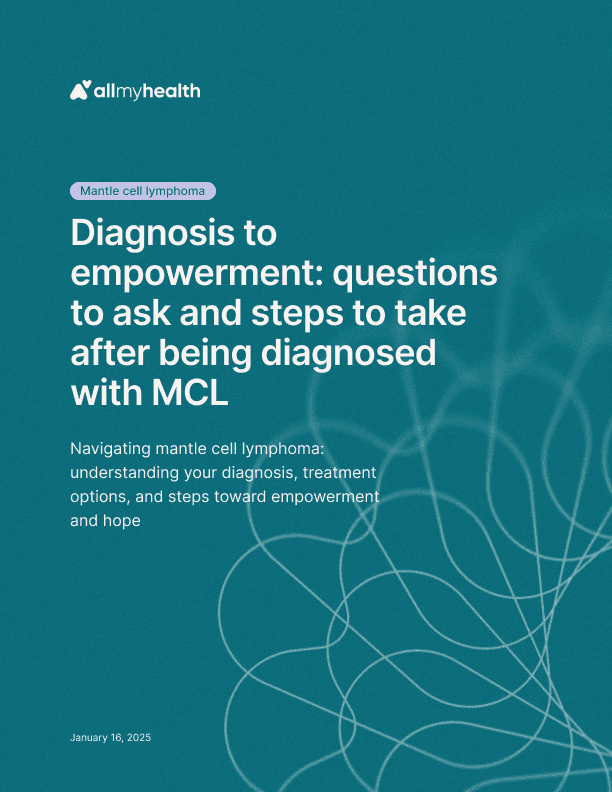
Mantle cell lymphoma
·
Diagnosis to empowerment: questions to ask and steps to take after being diagnosed with MCL
Jan 16, 2025
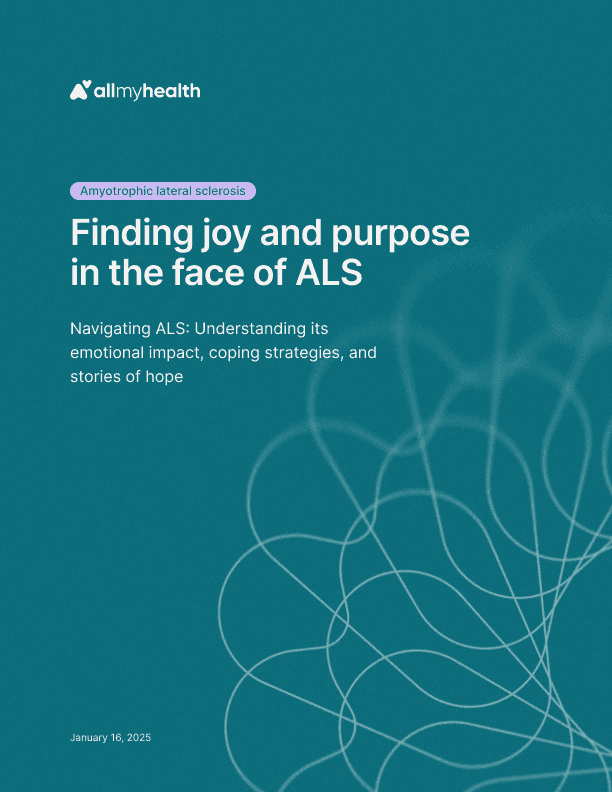
Amyotrophic lateral sclerosis
·
Finding joy and purpose in the face of ALS
Jan 16, 2025
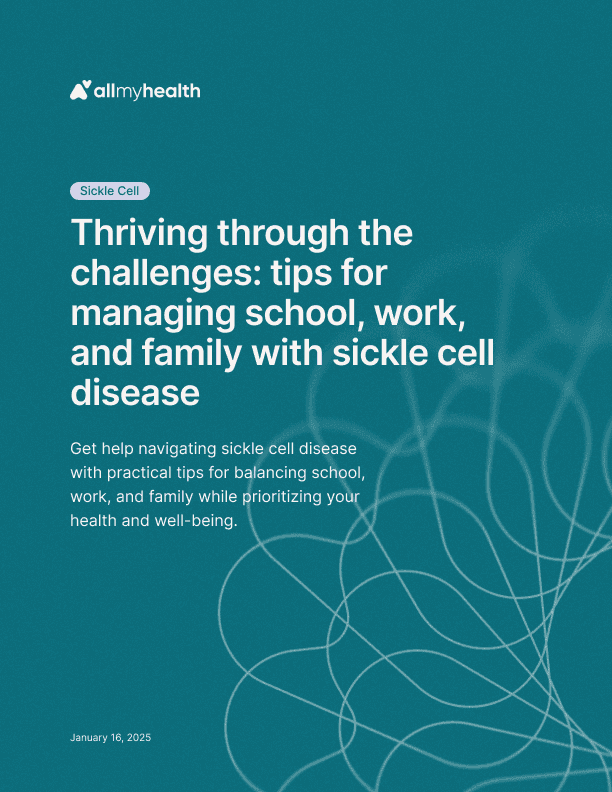
Sickle cell
·
Thriving through the challenges: tips for managing school, work, and family with sickle cell disease
Jan 16, 2025
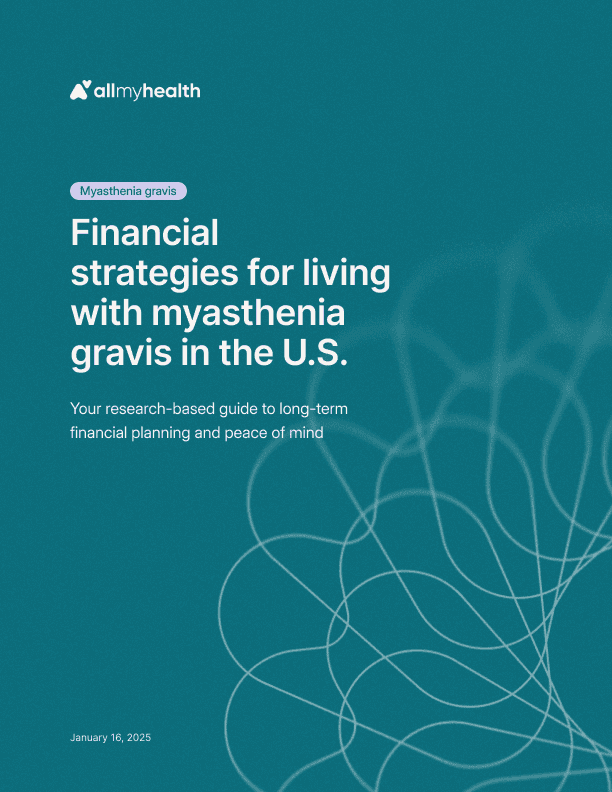
Myasthenia gravis
·
Financial strategies for living with myasthenia gravis in the U.S.: a guide to long-term planning
Jan 16, 2025